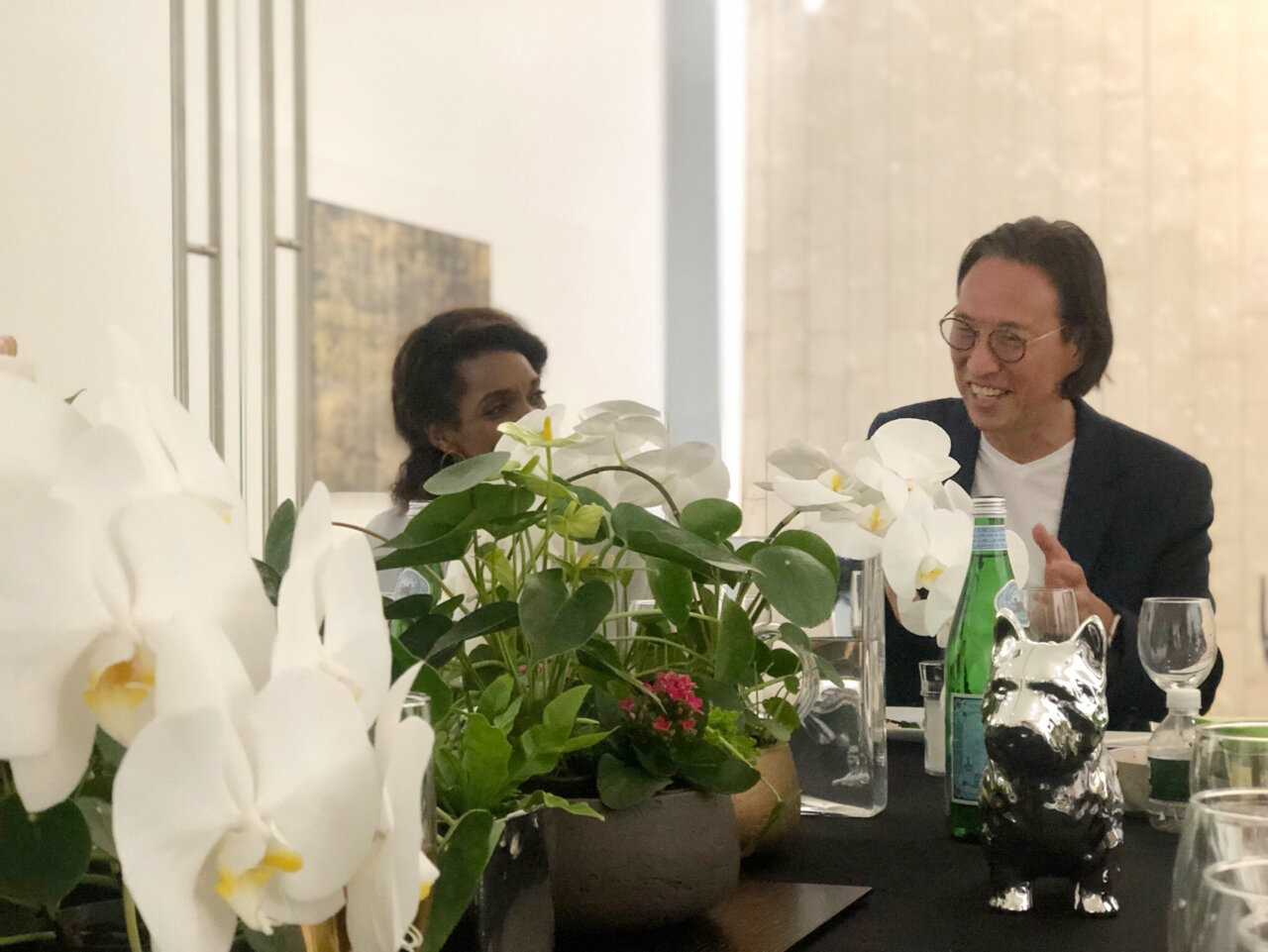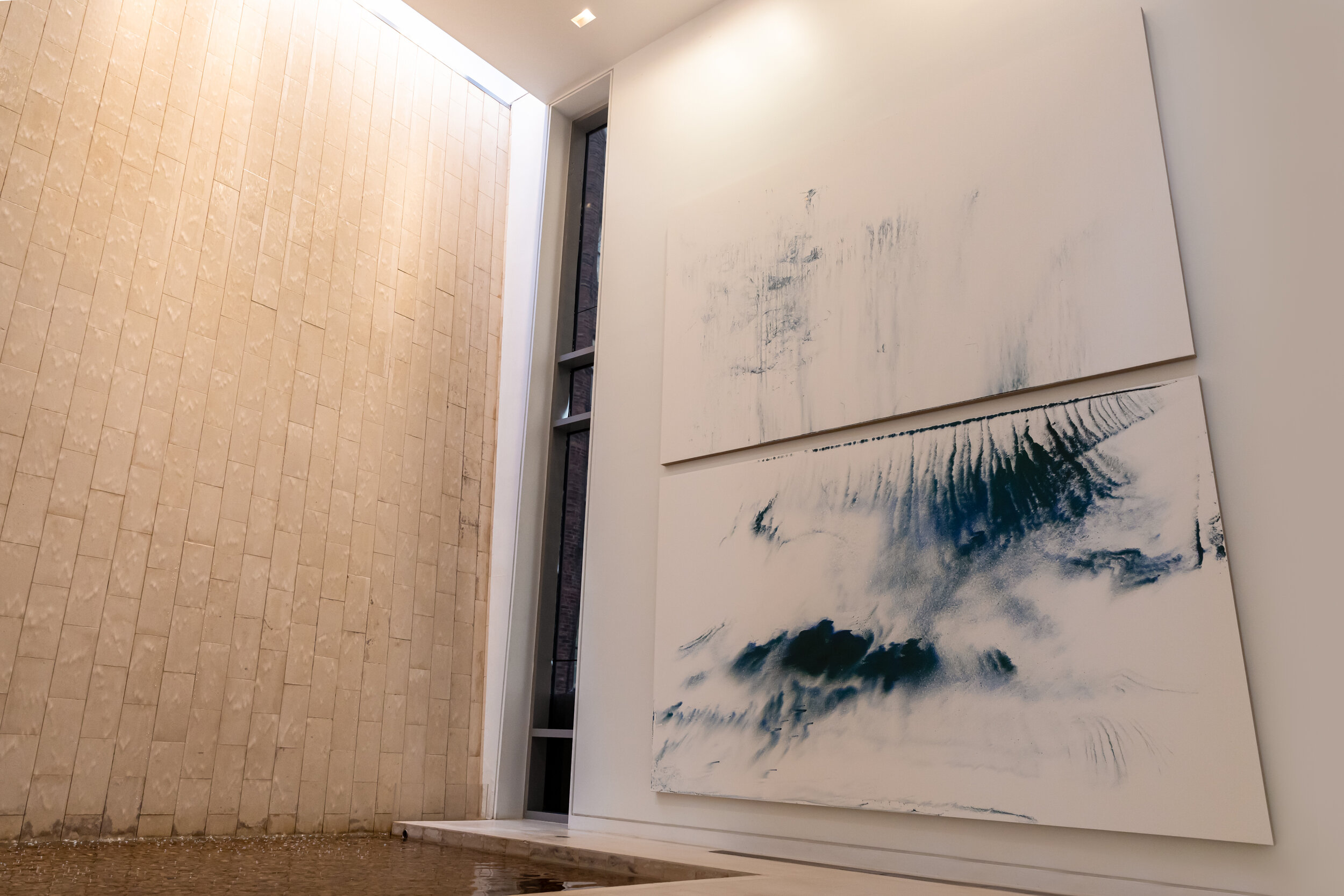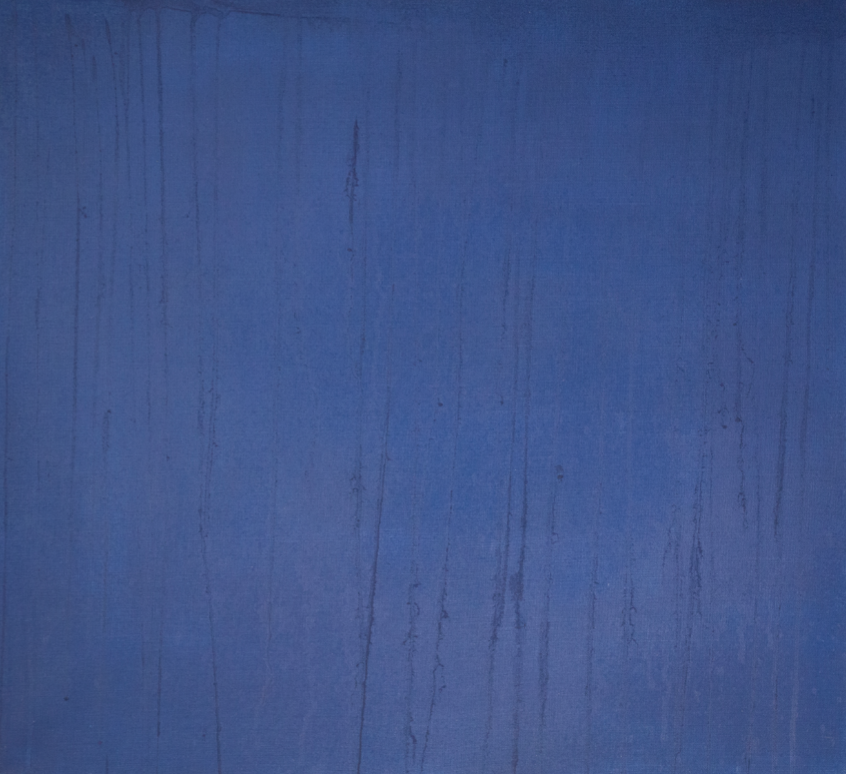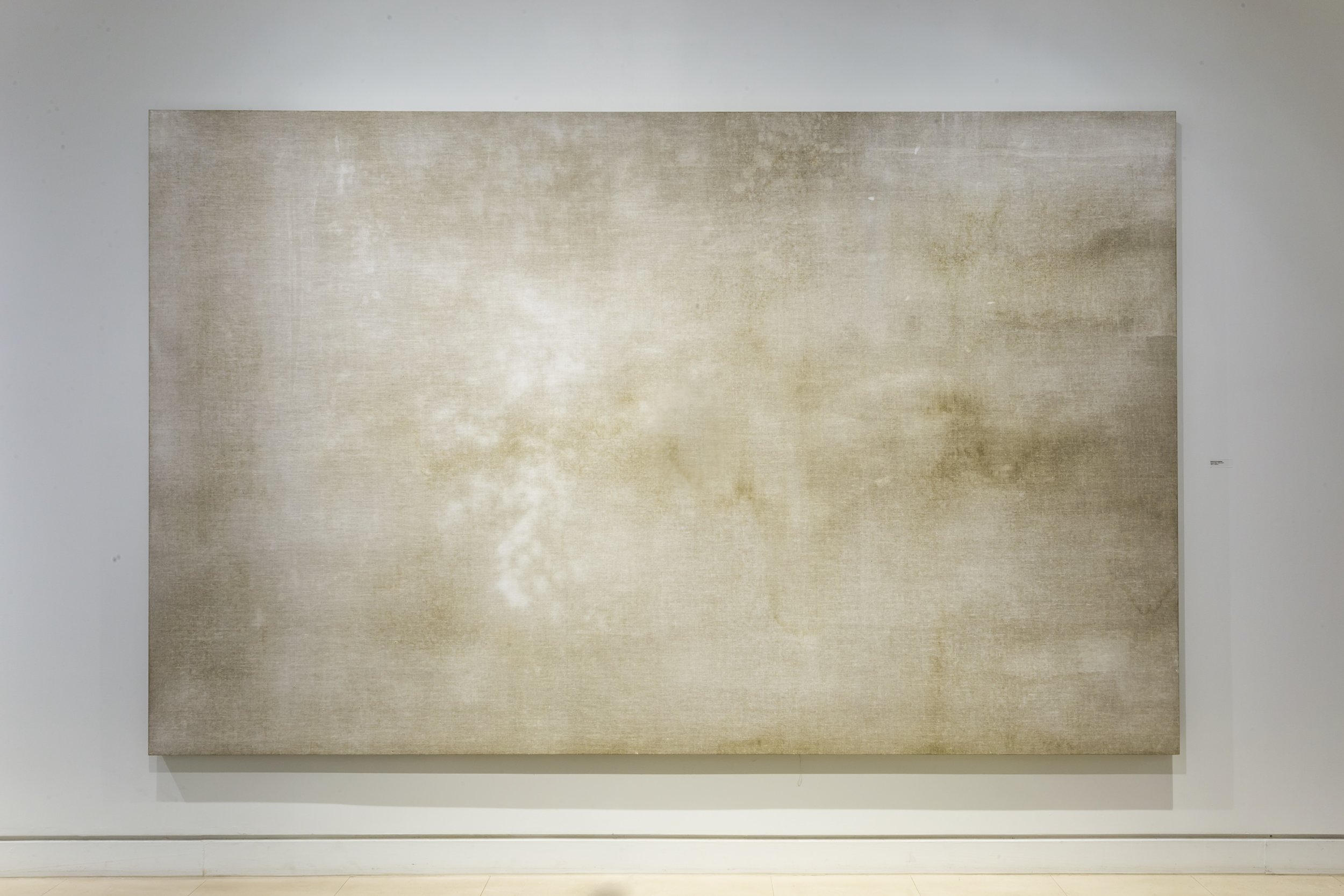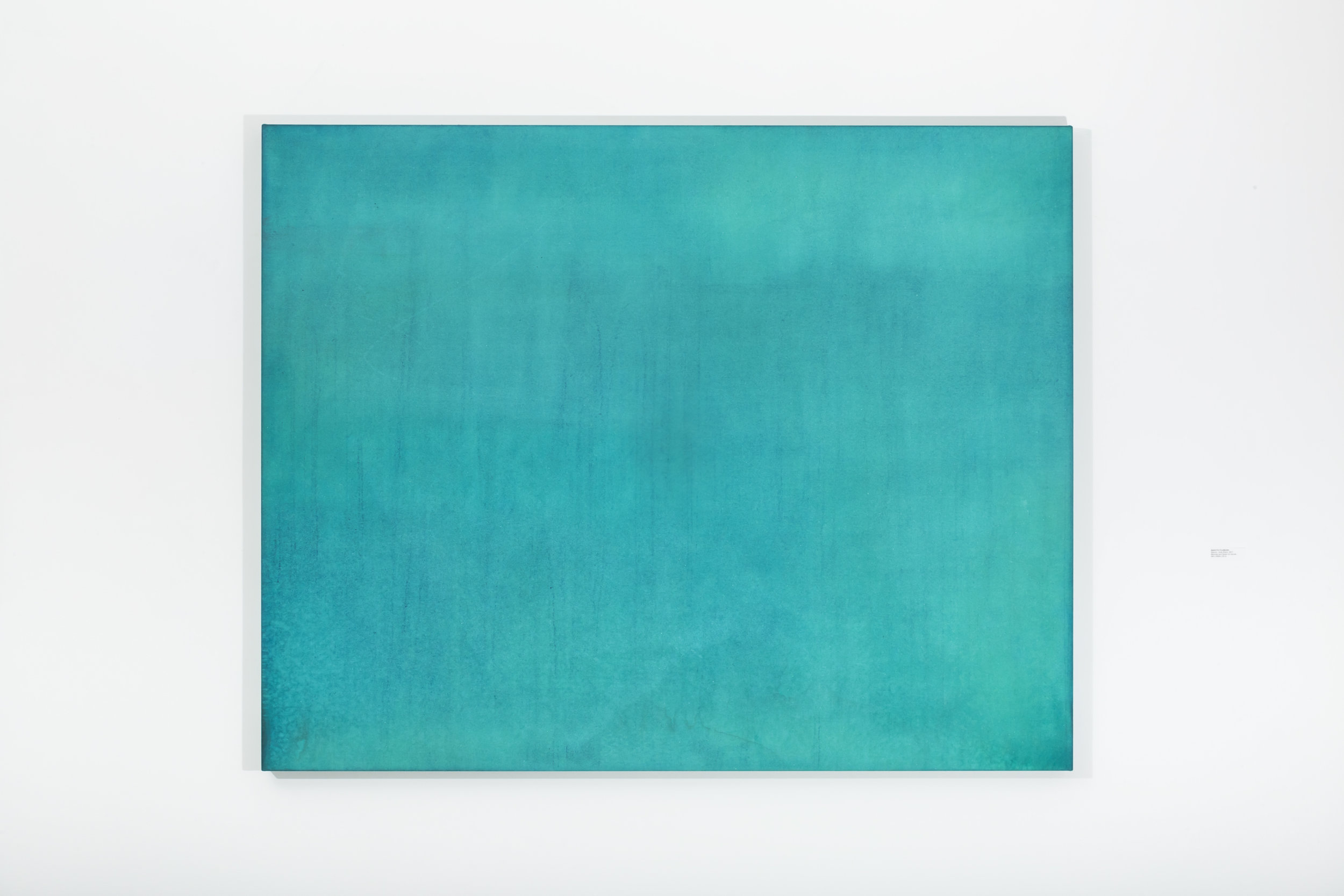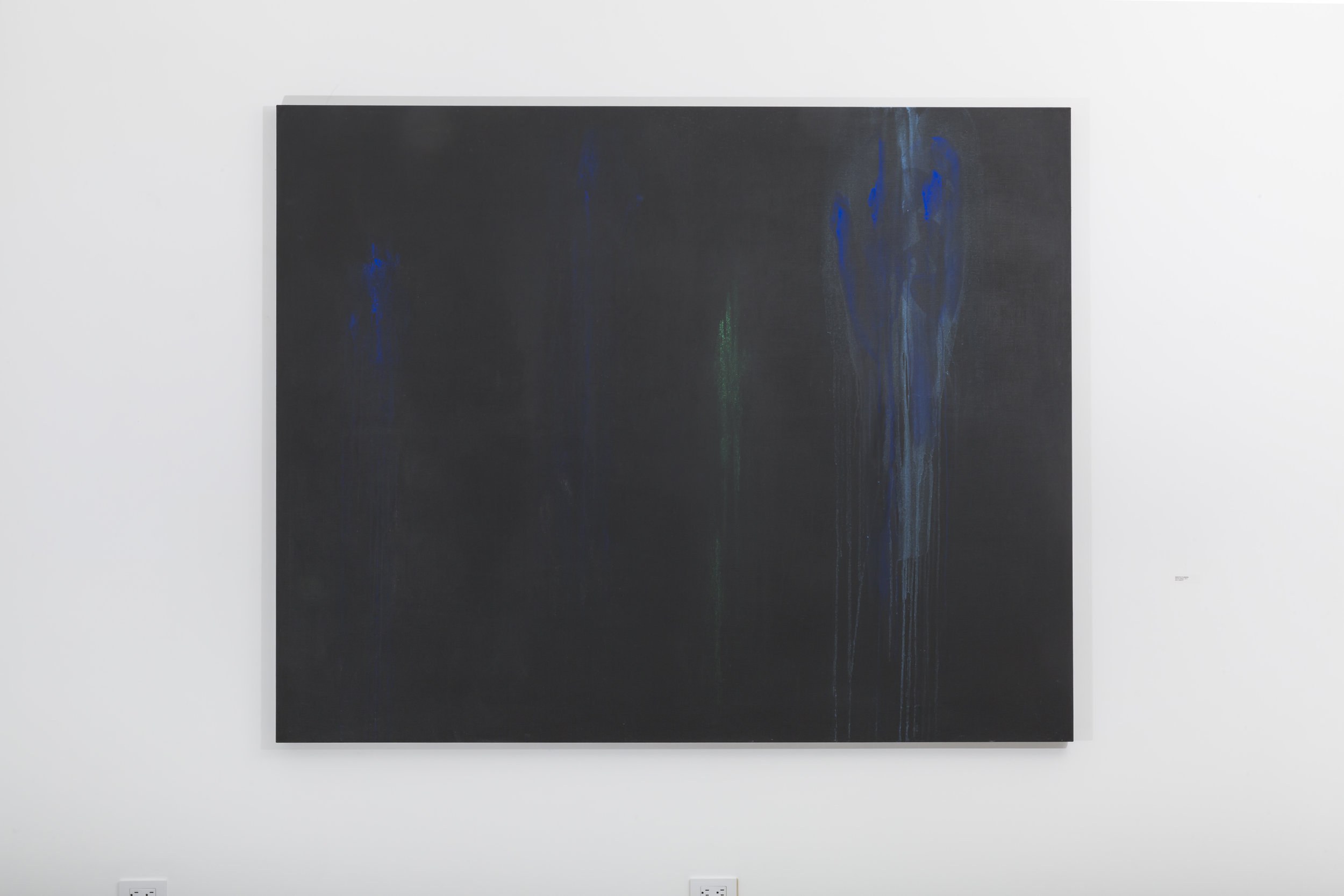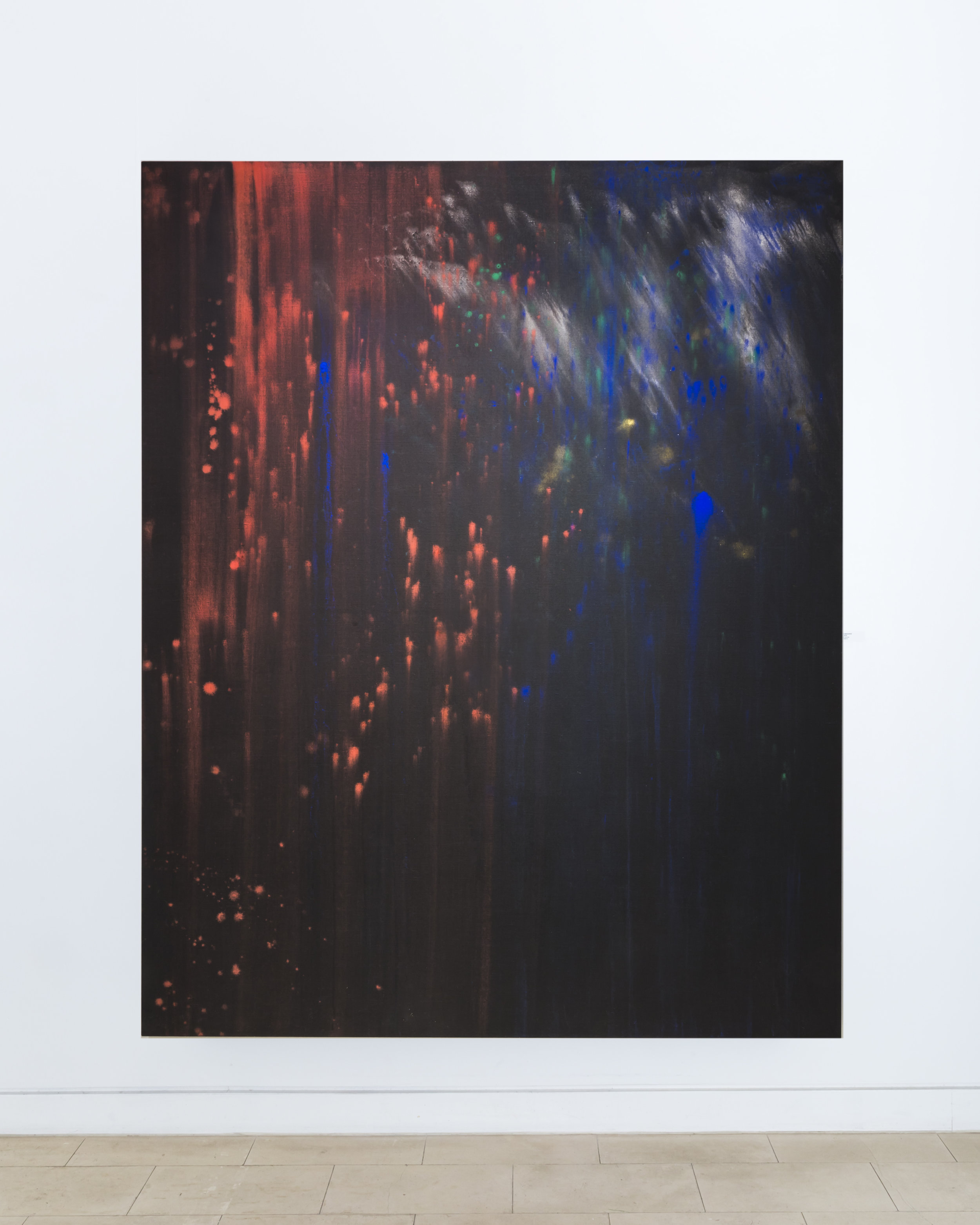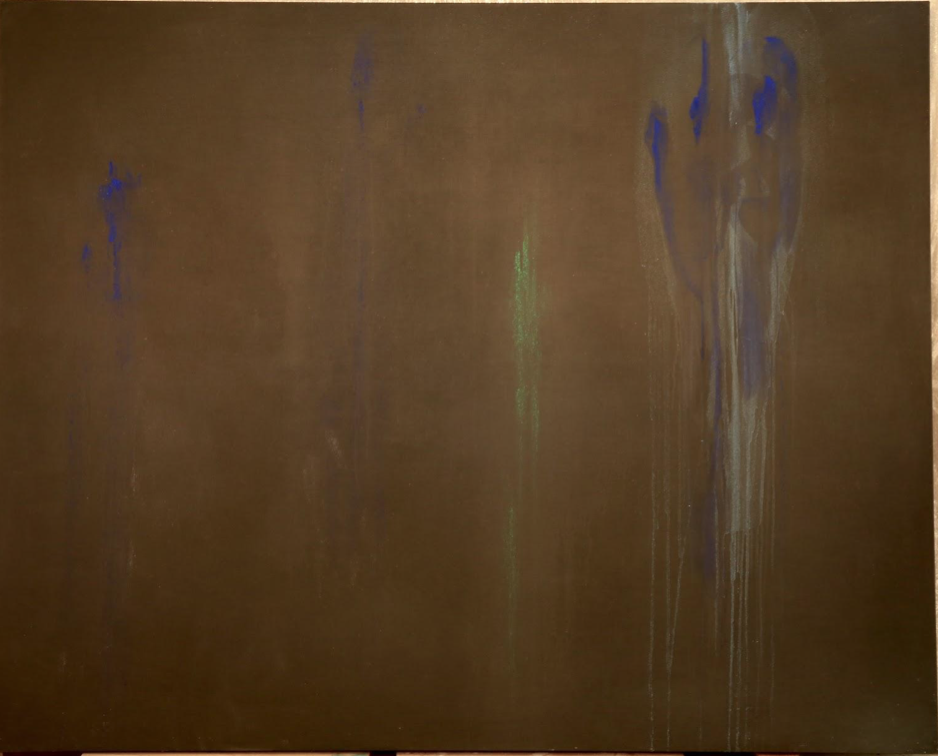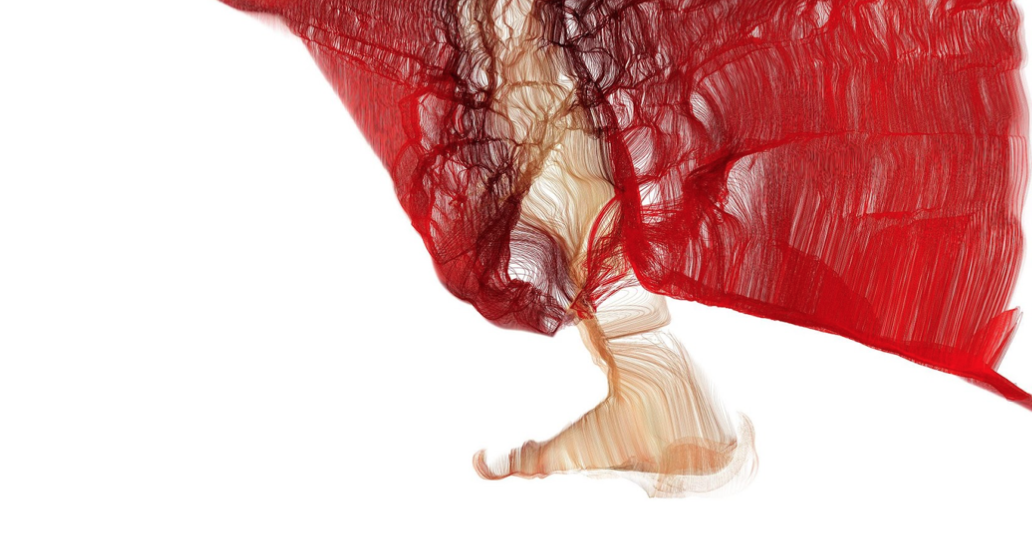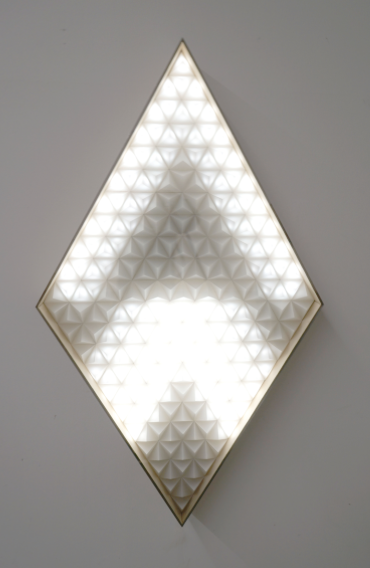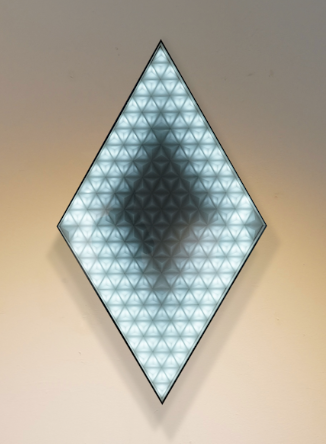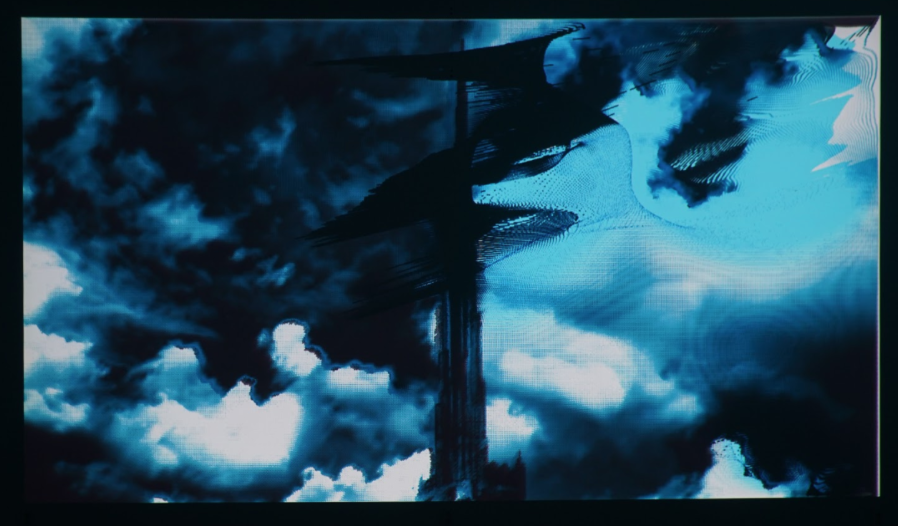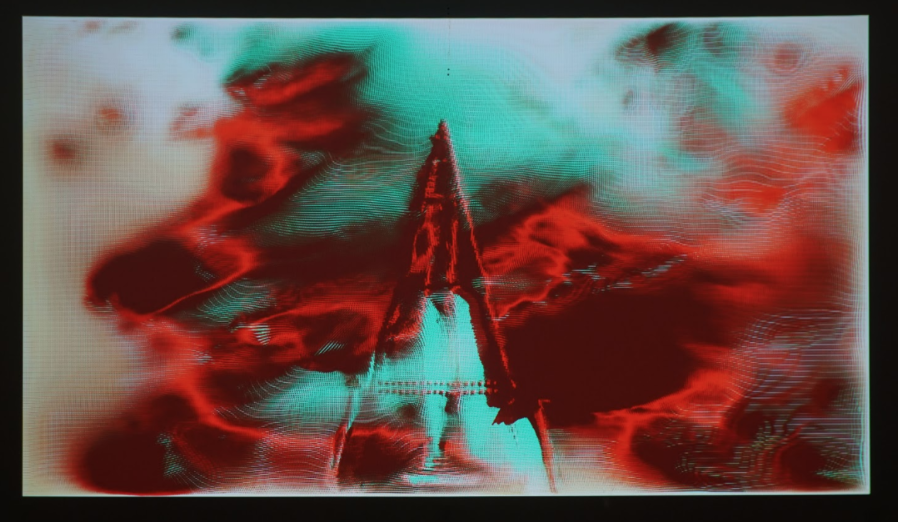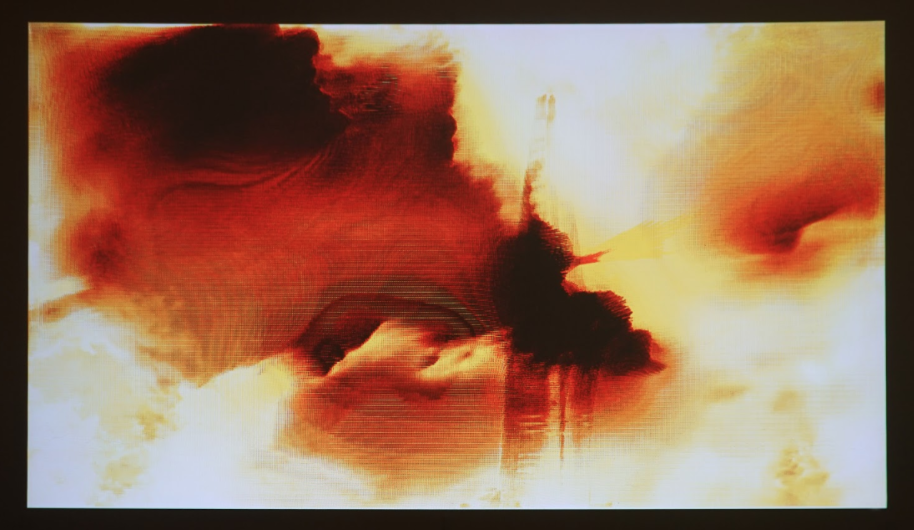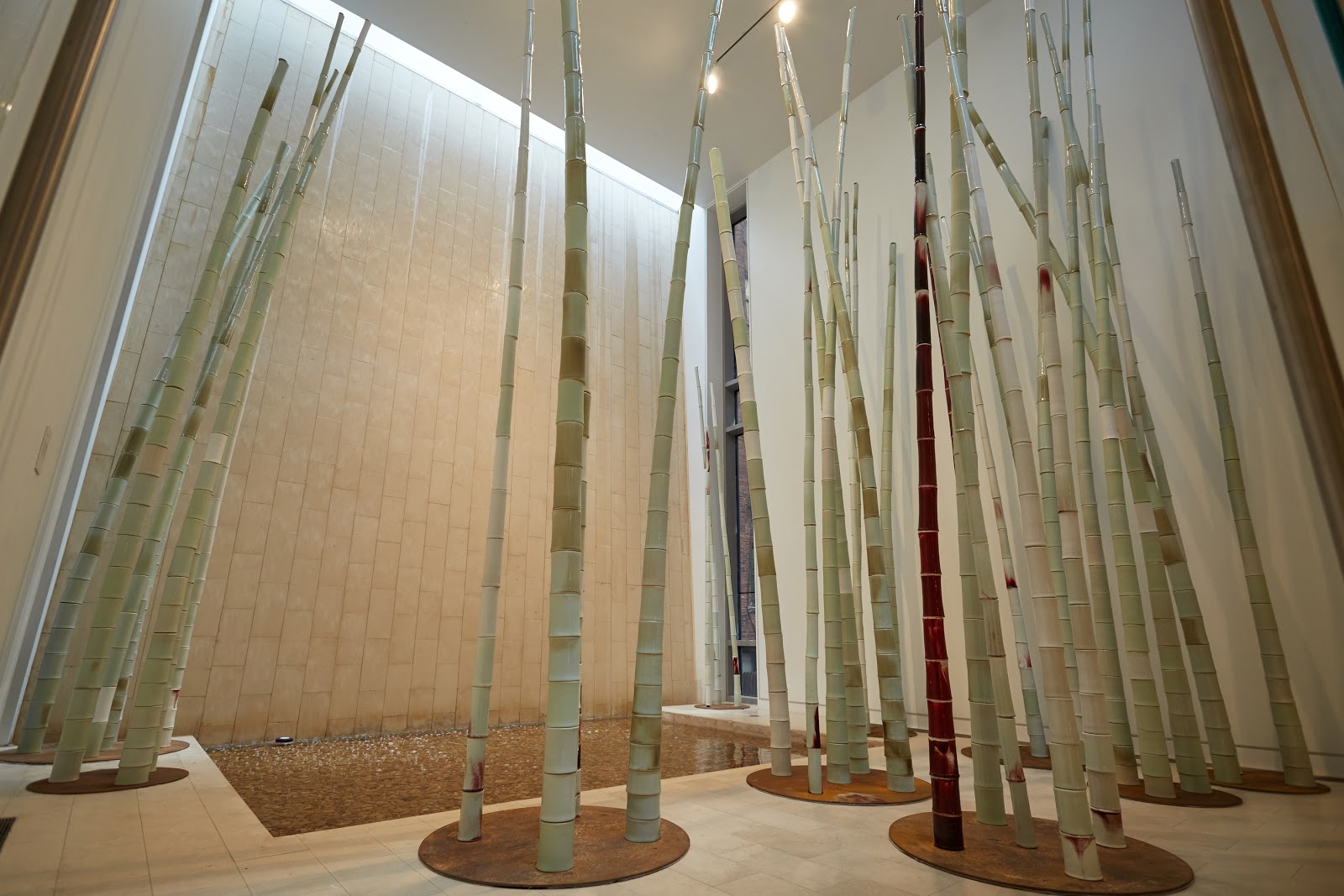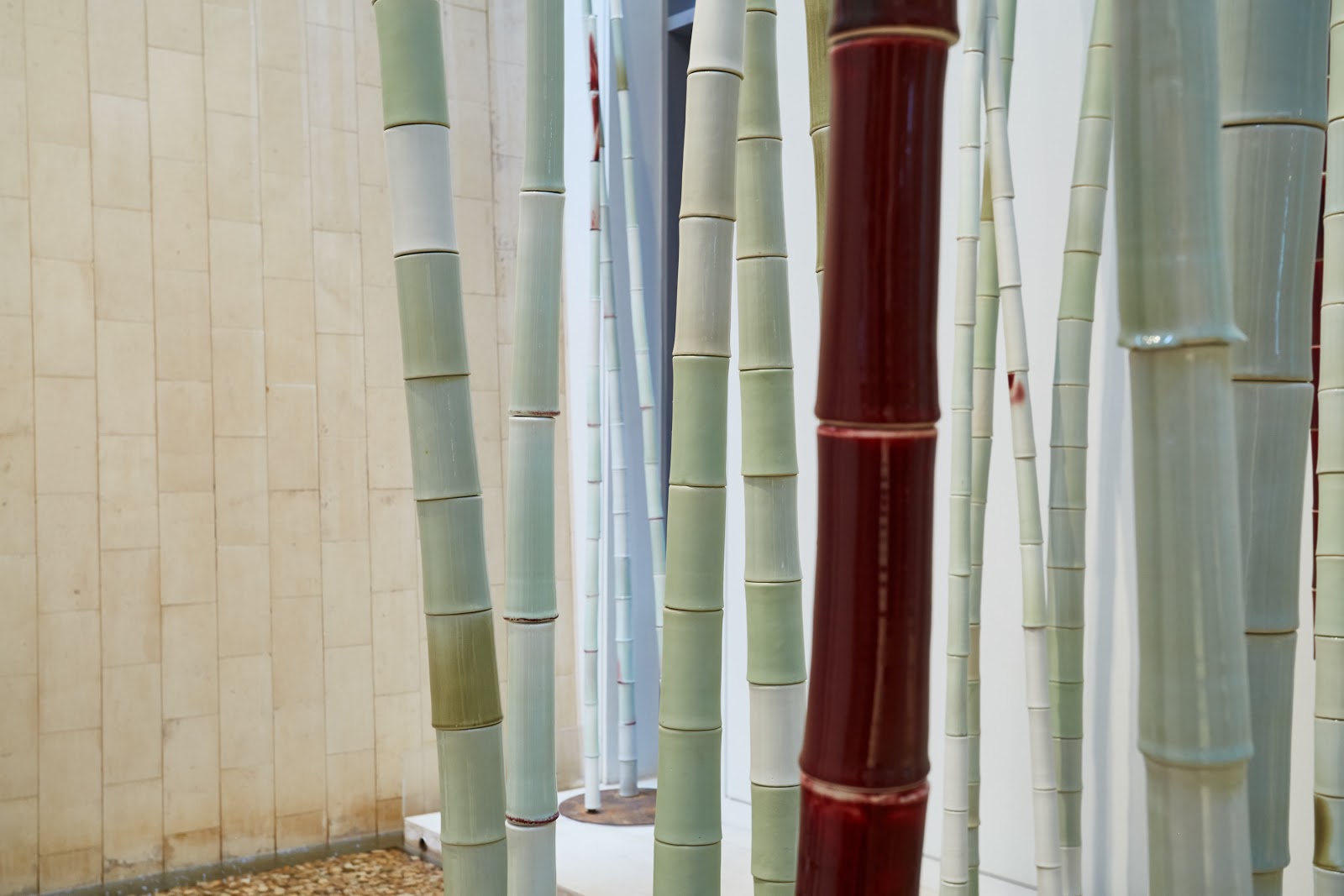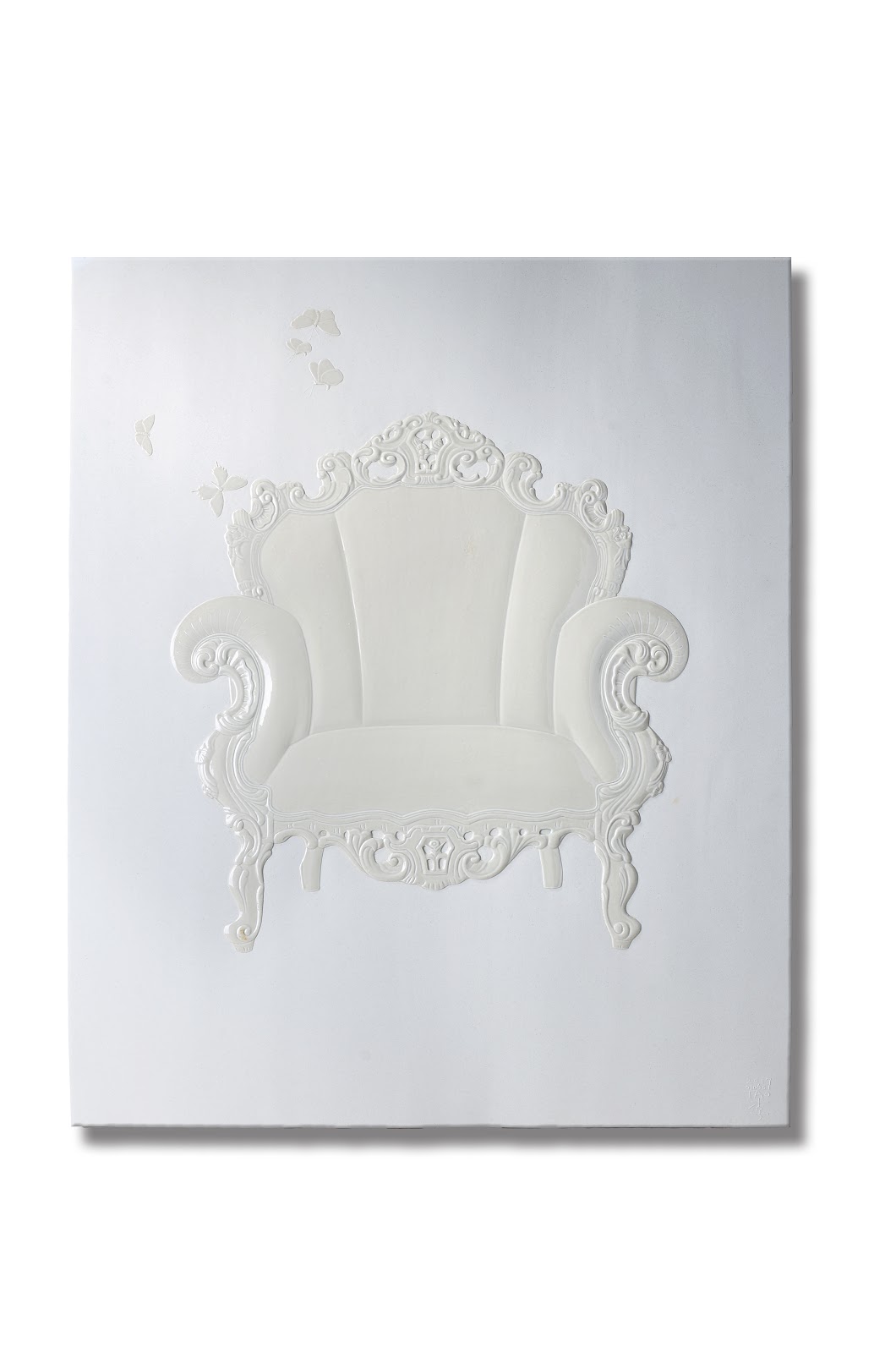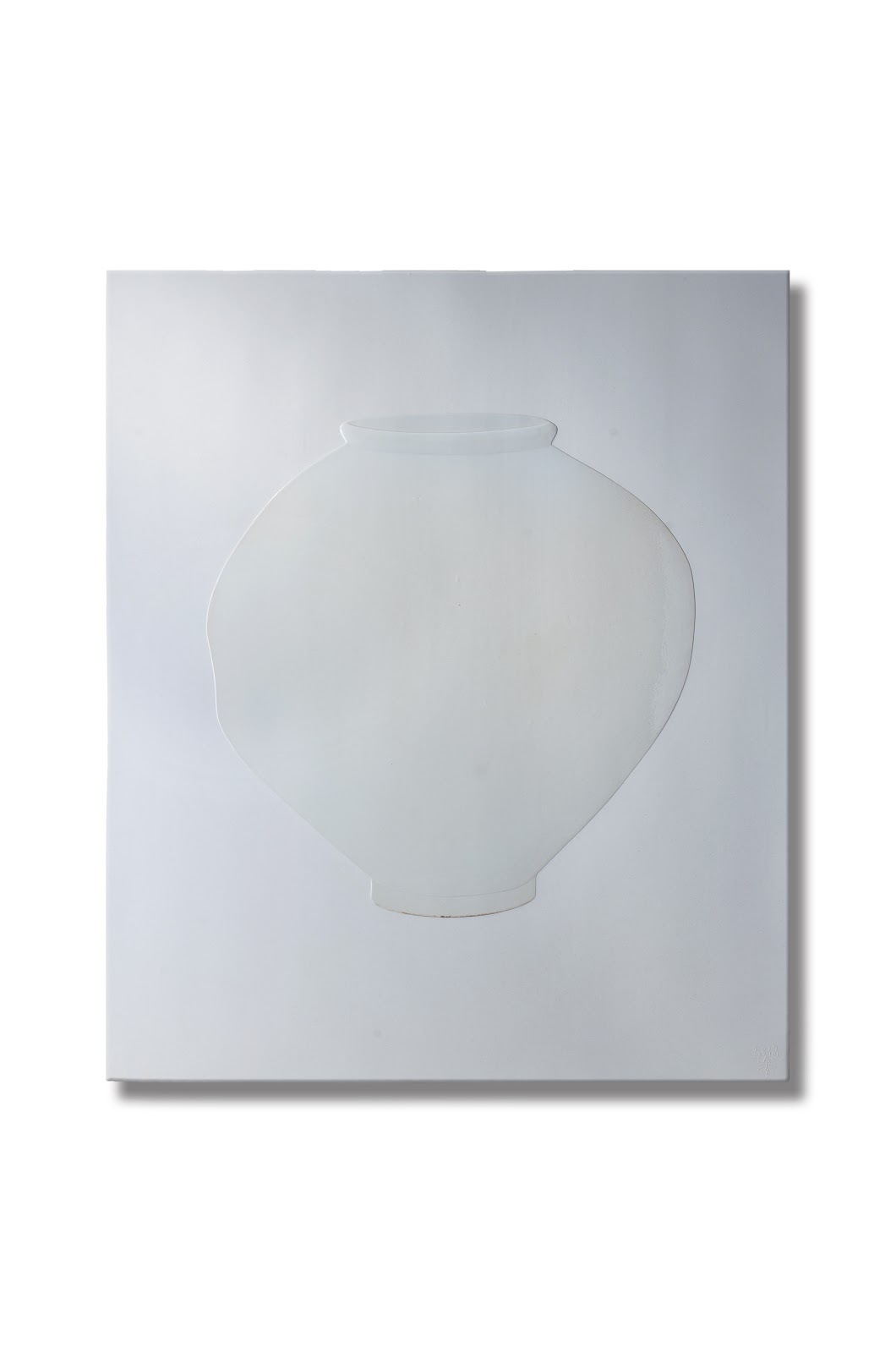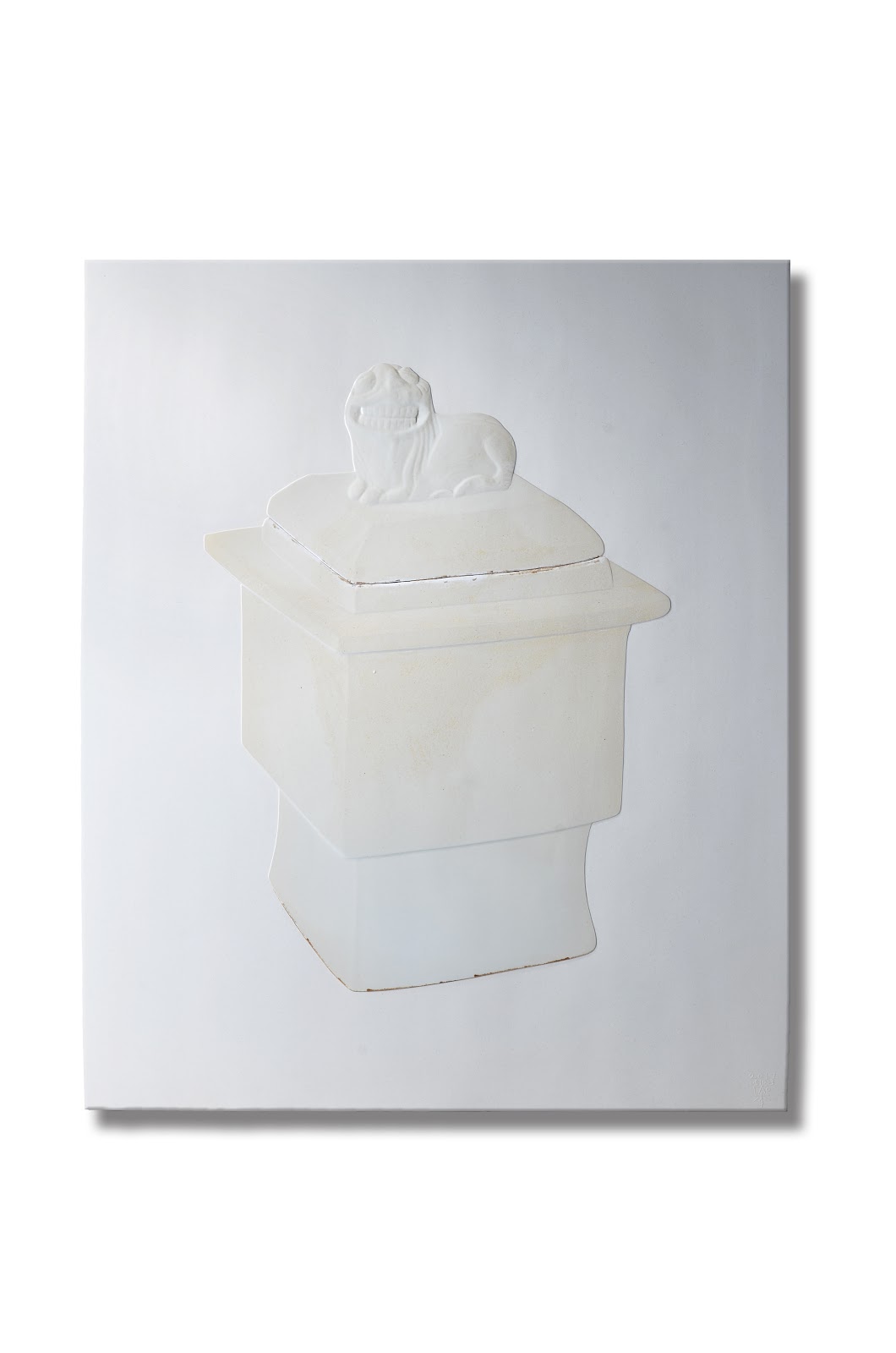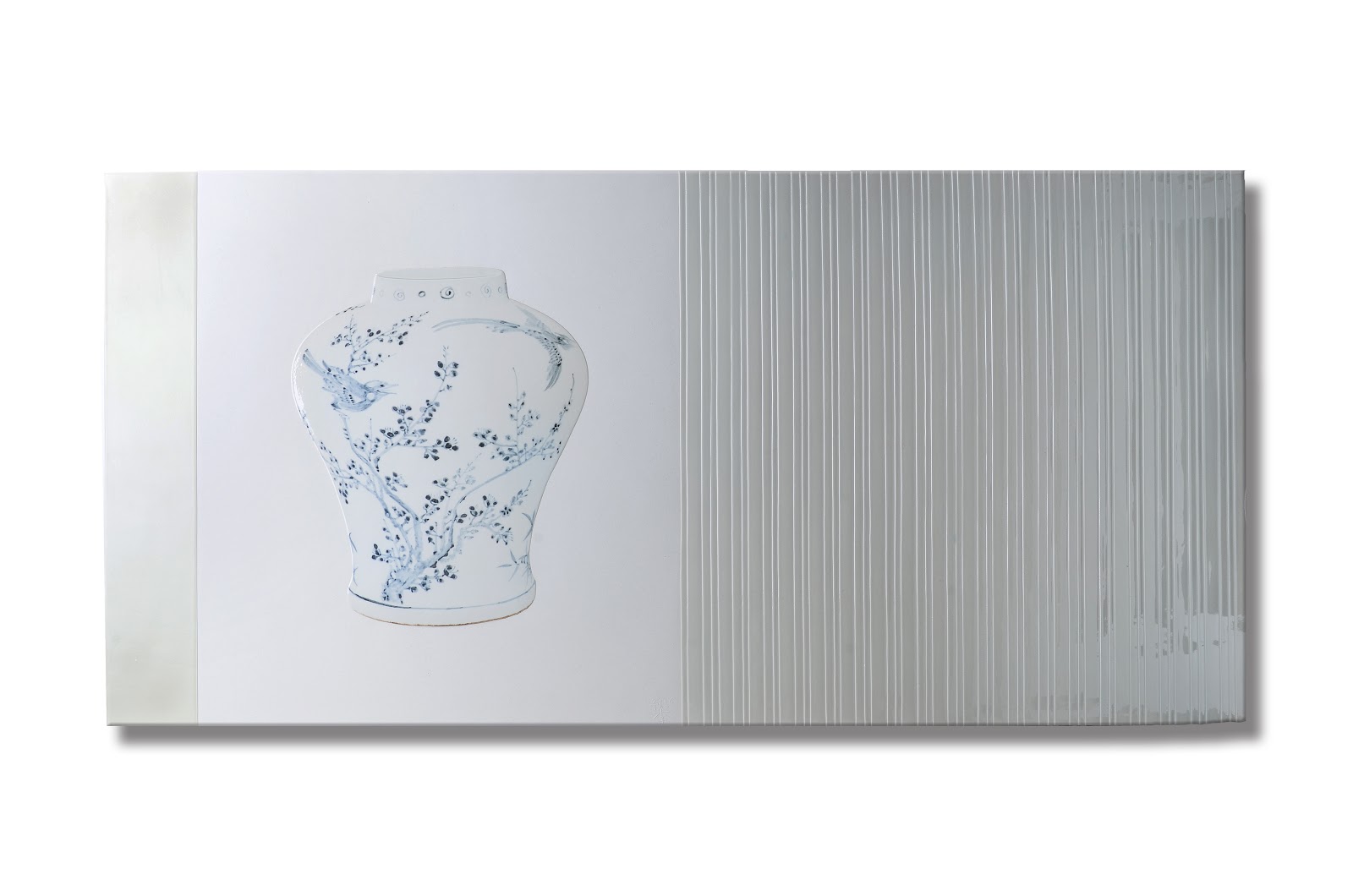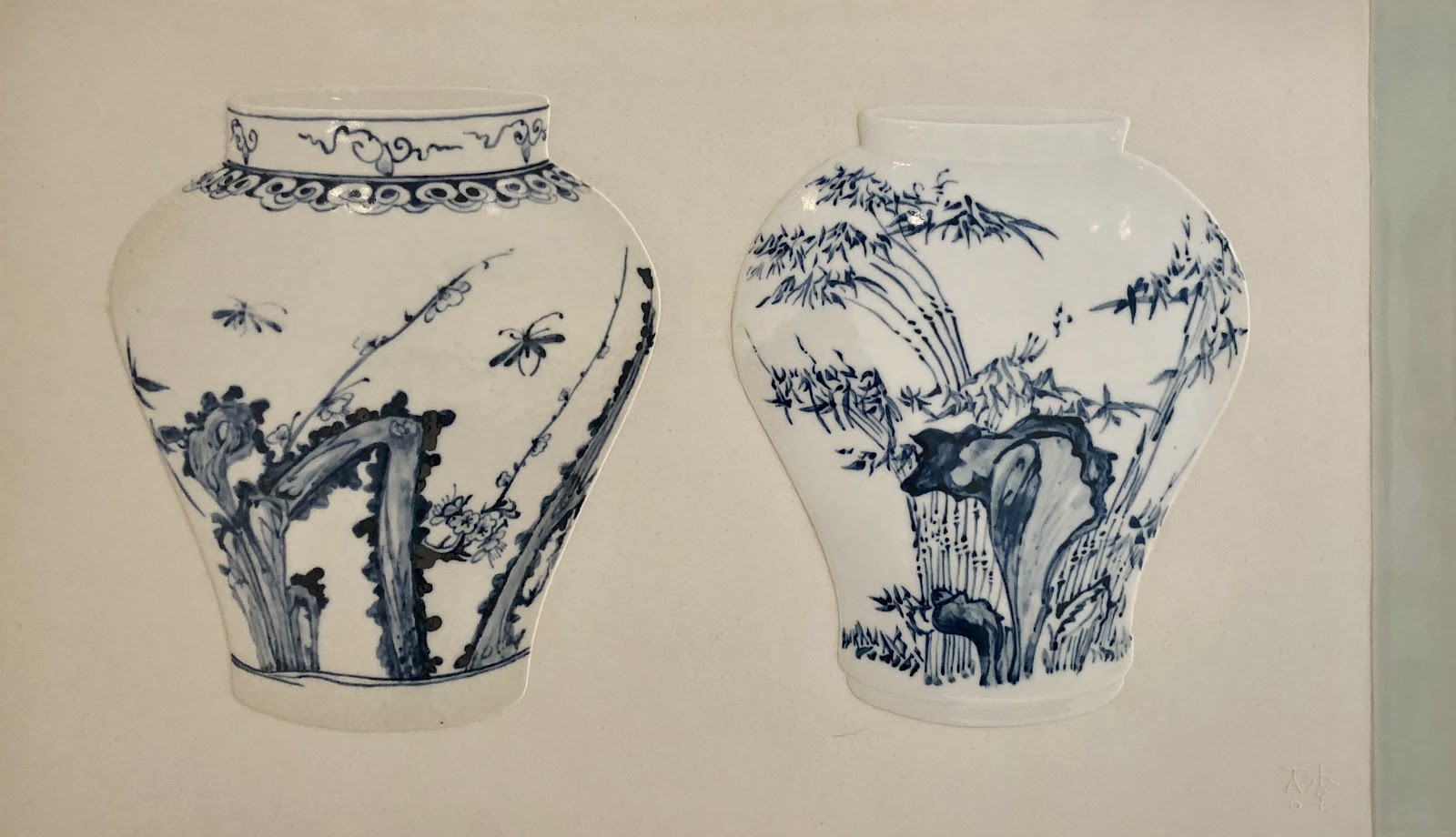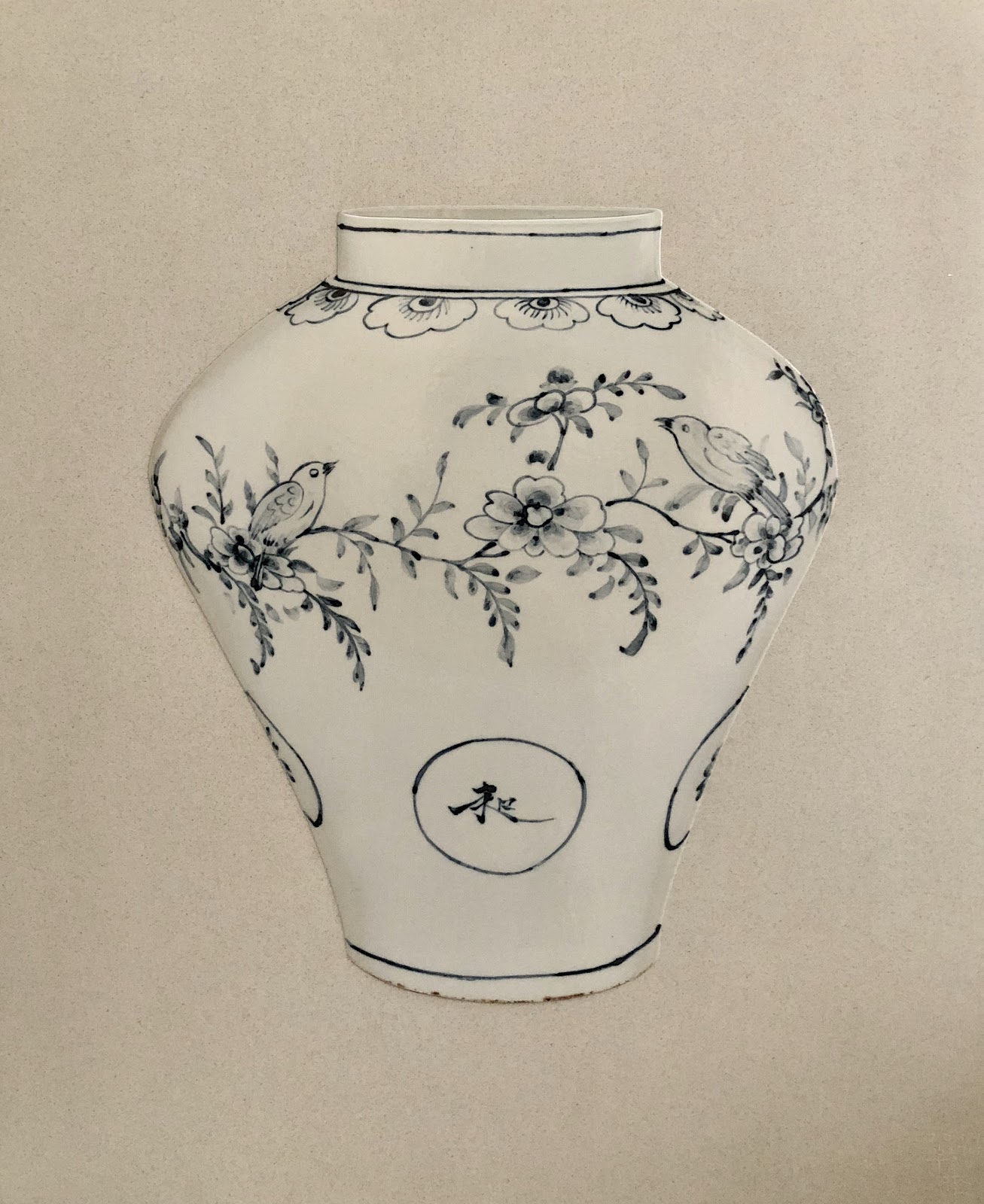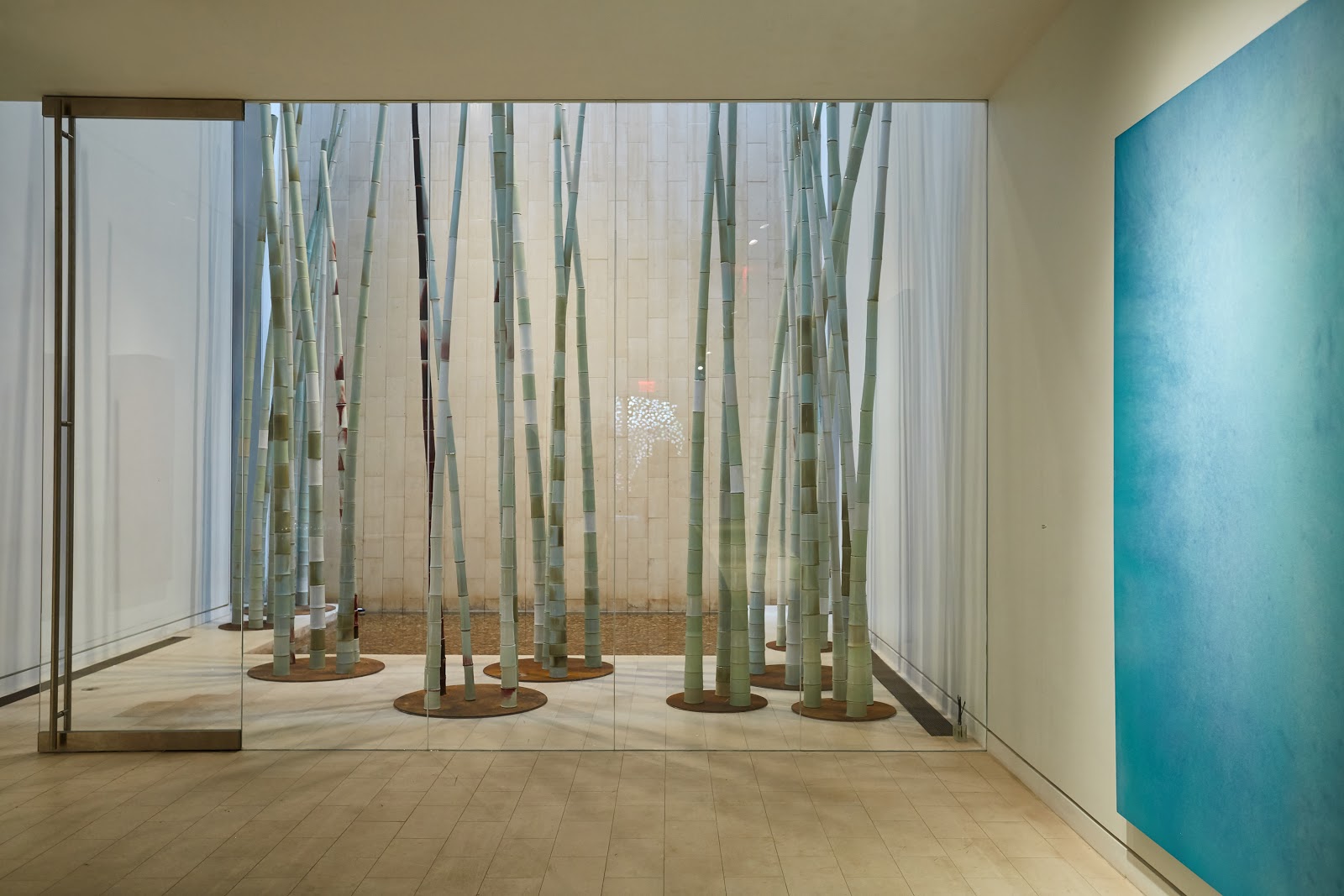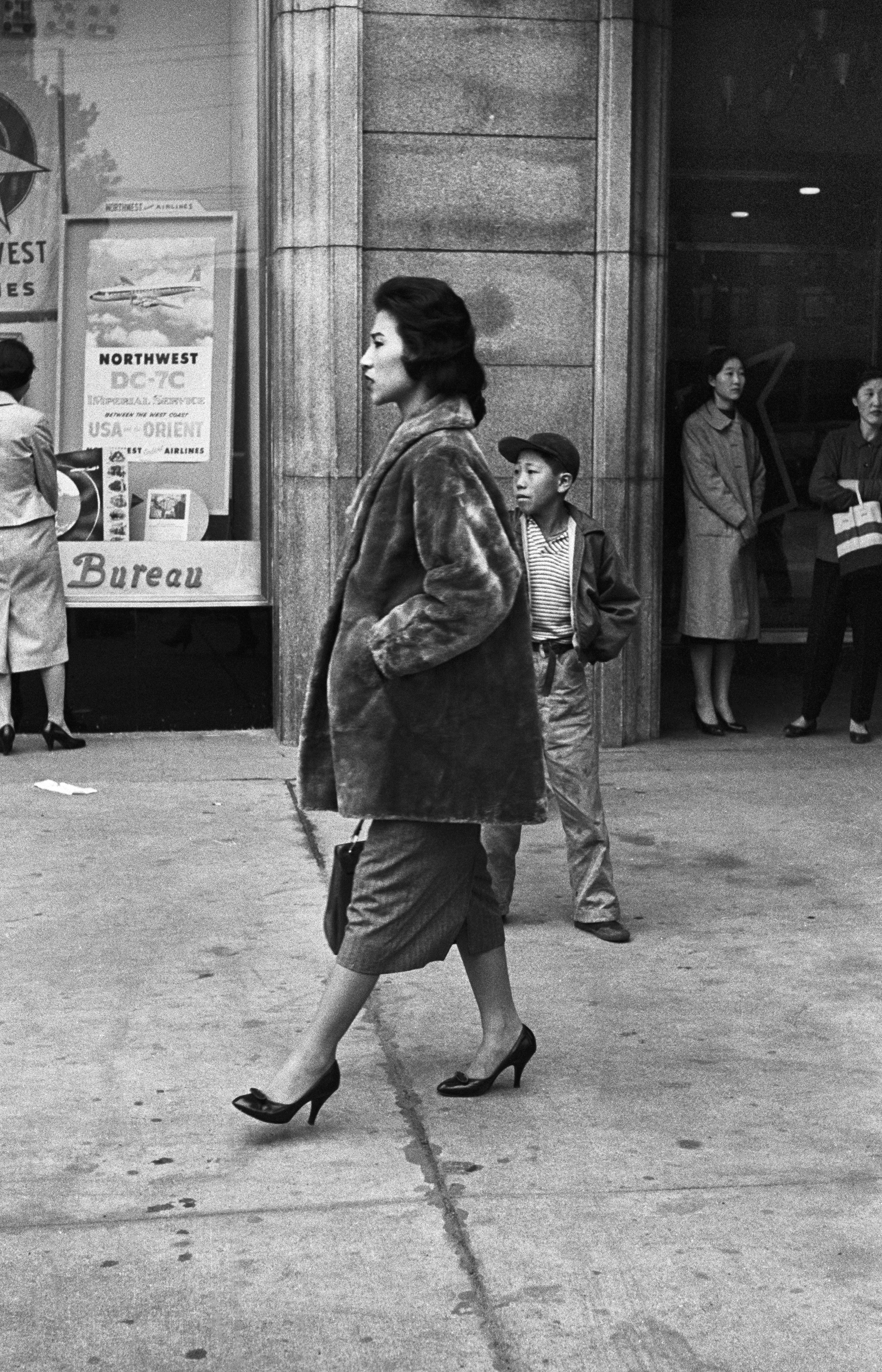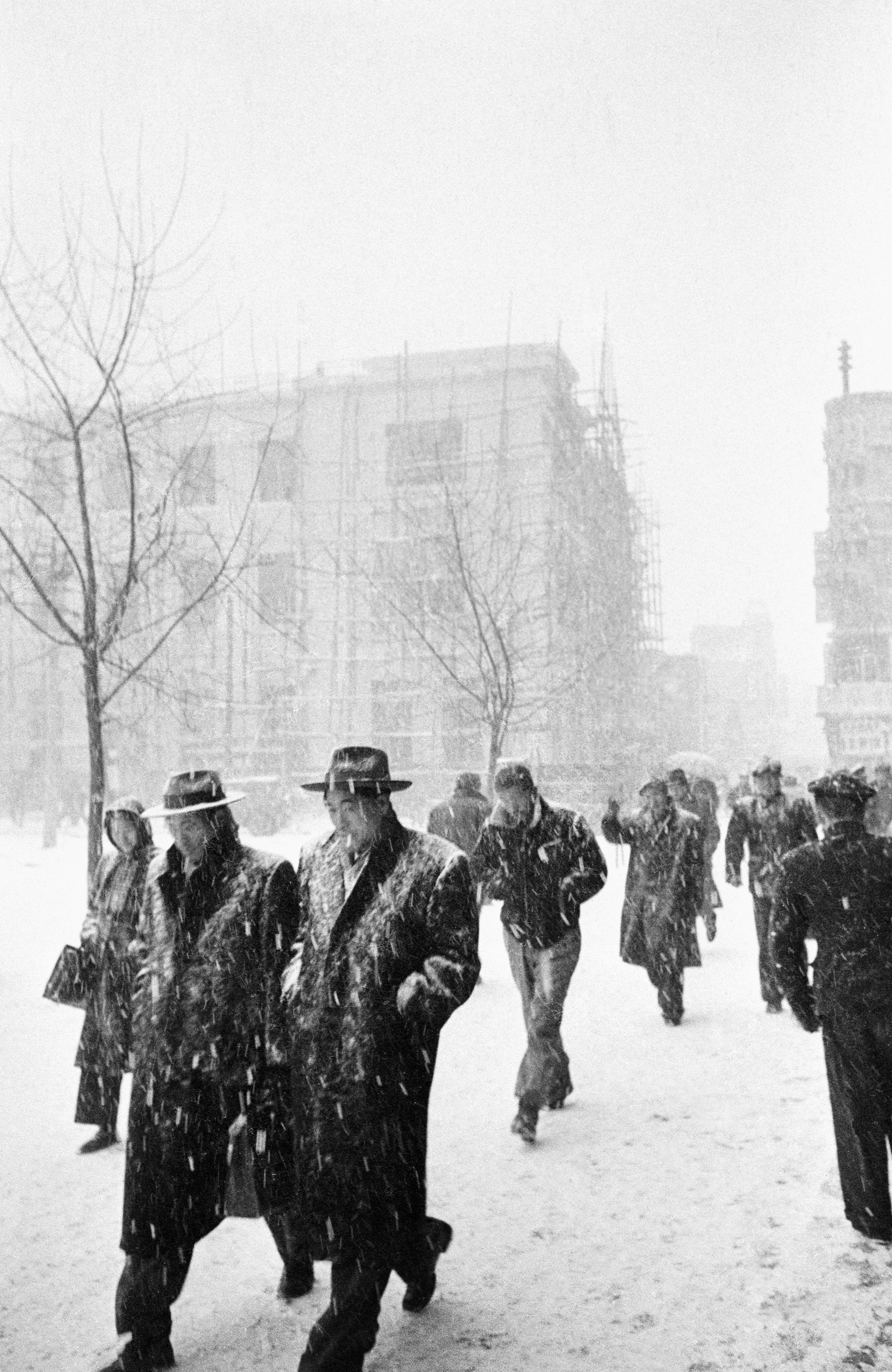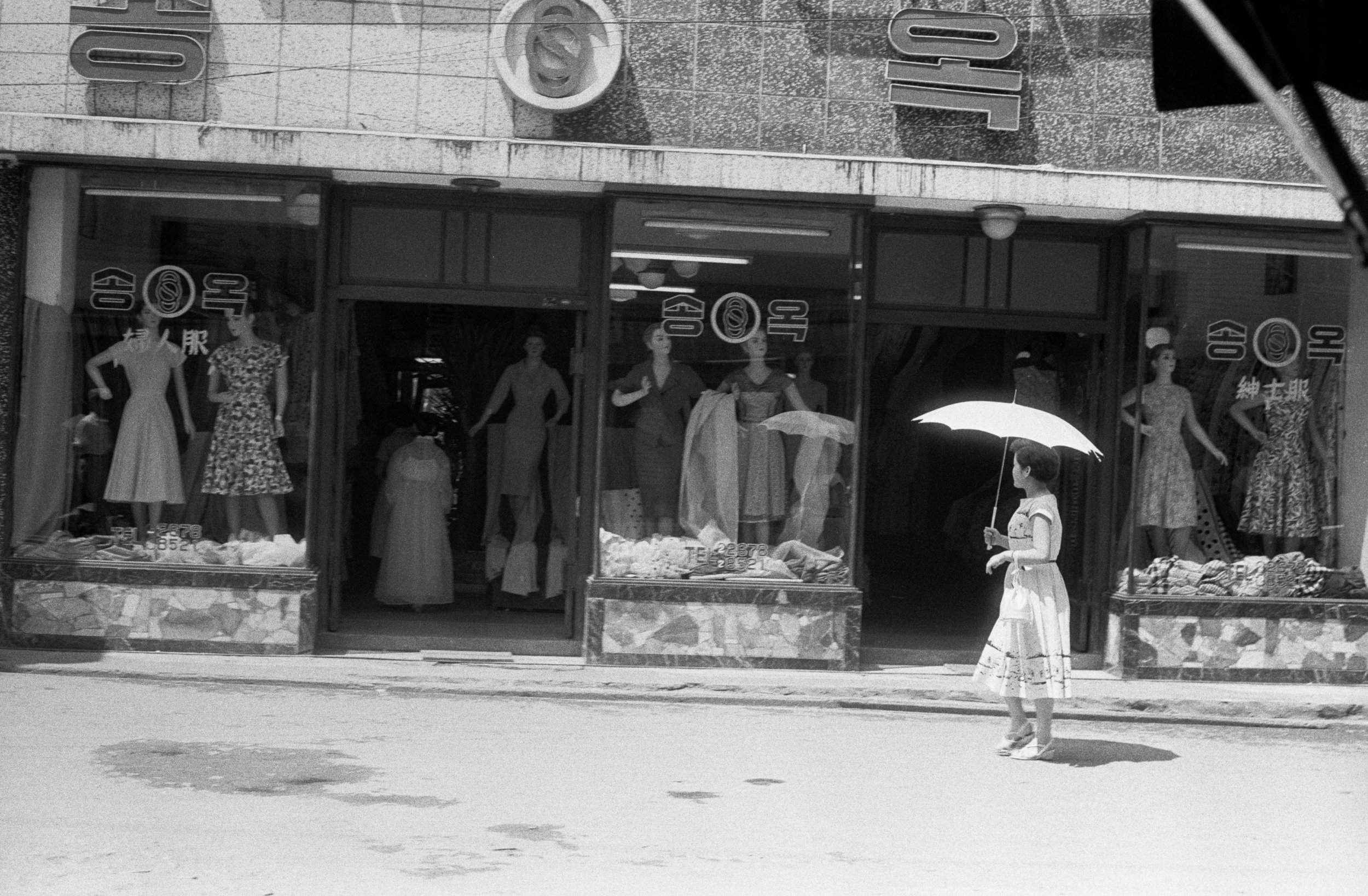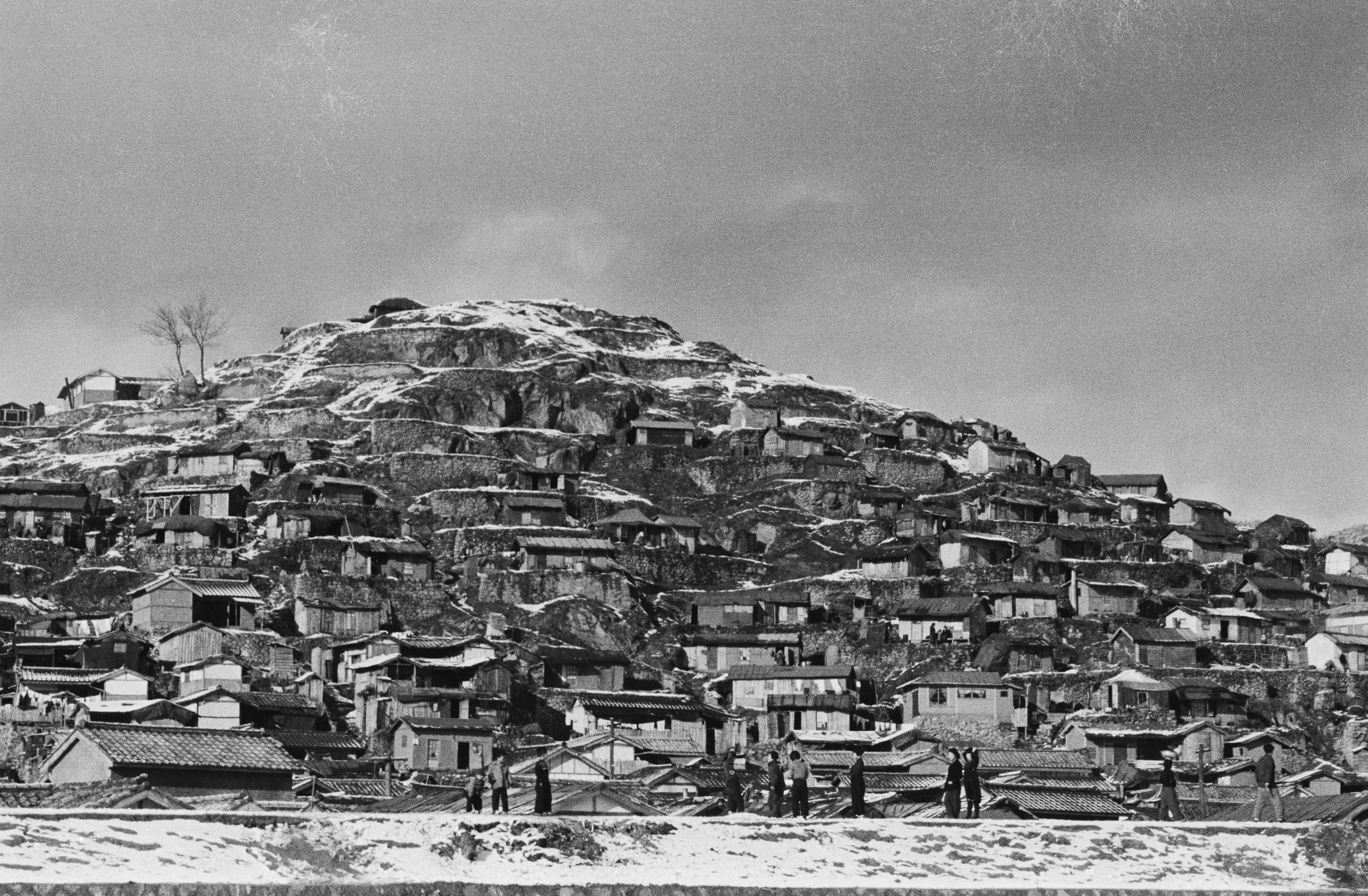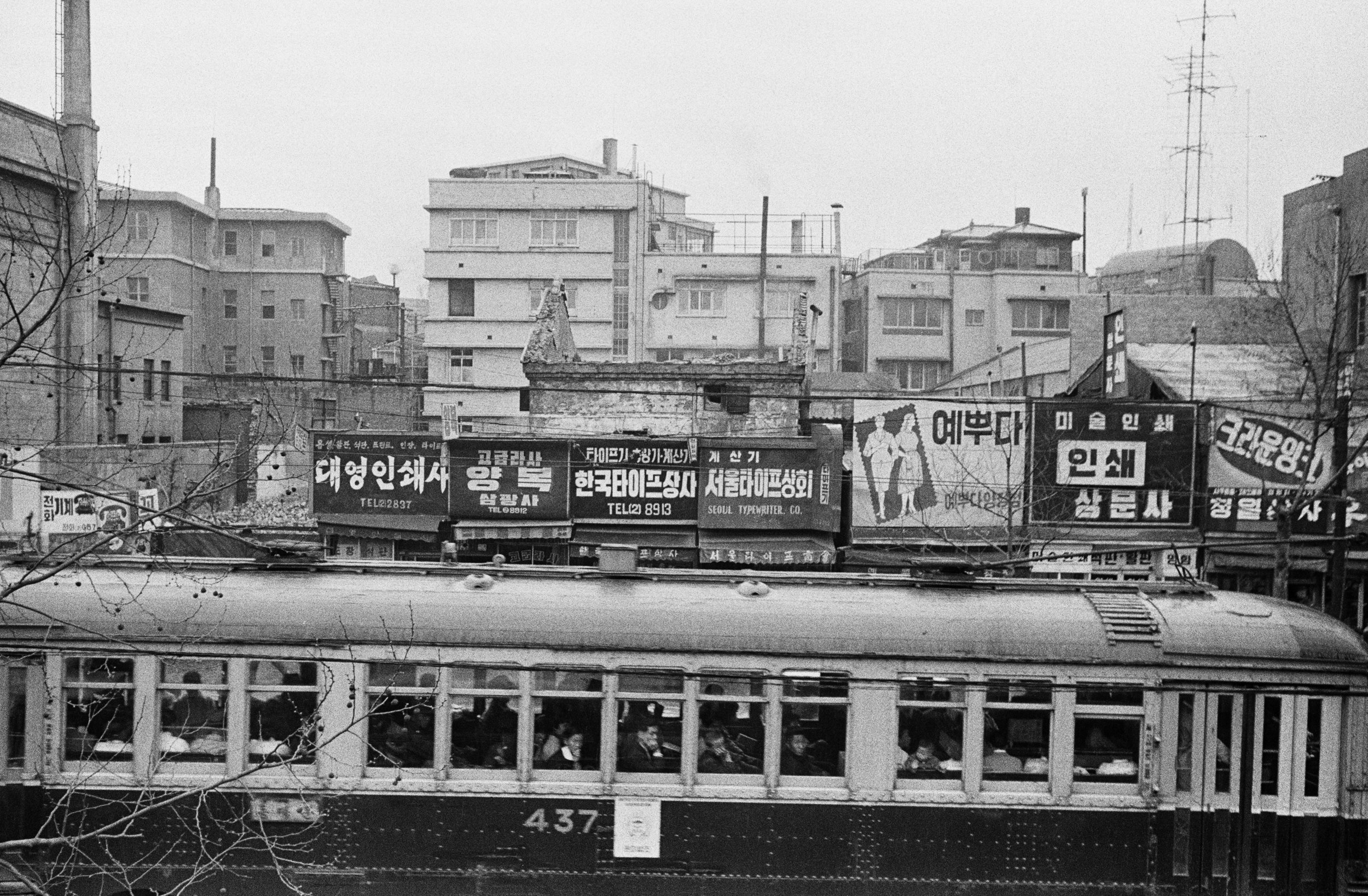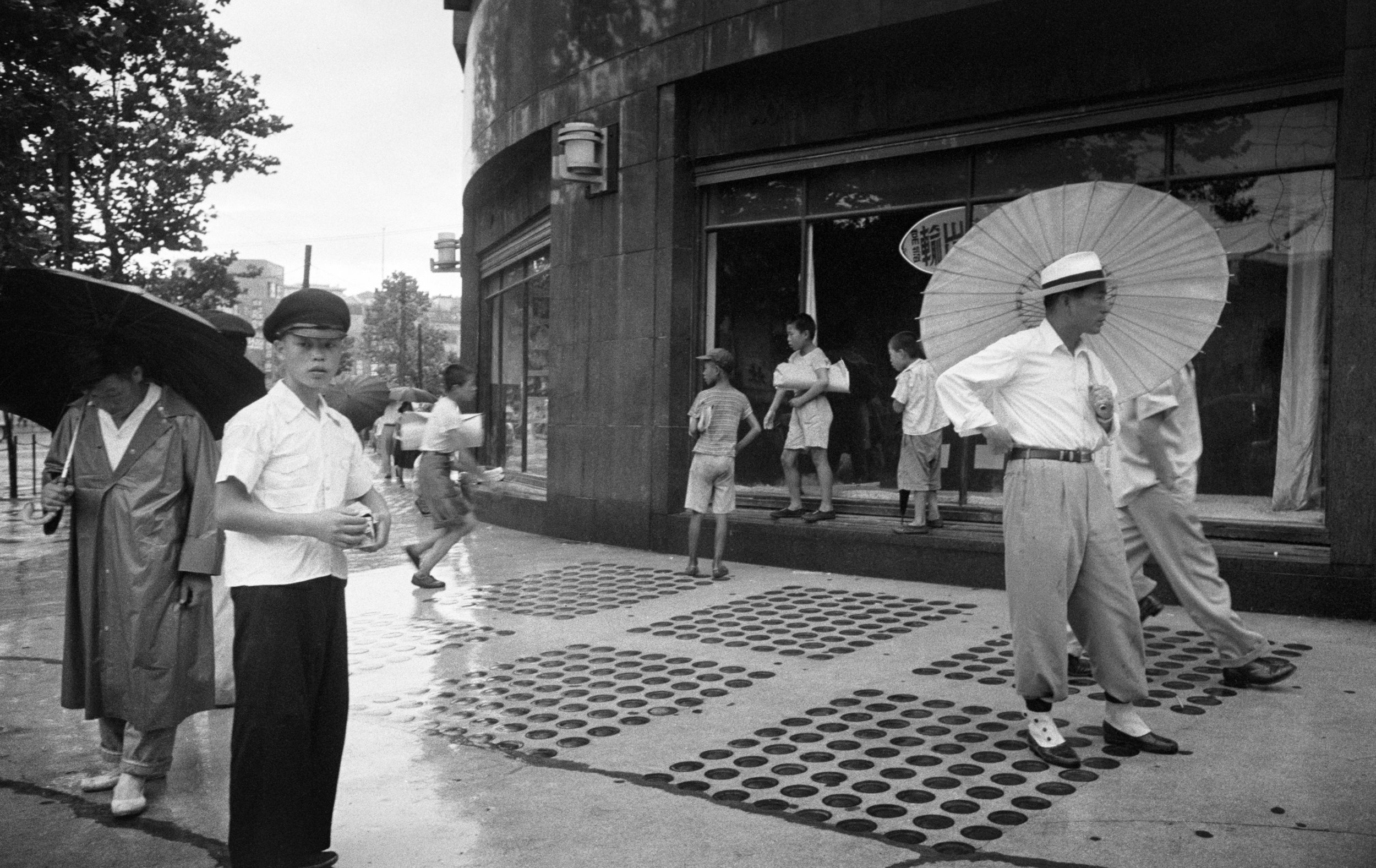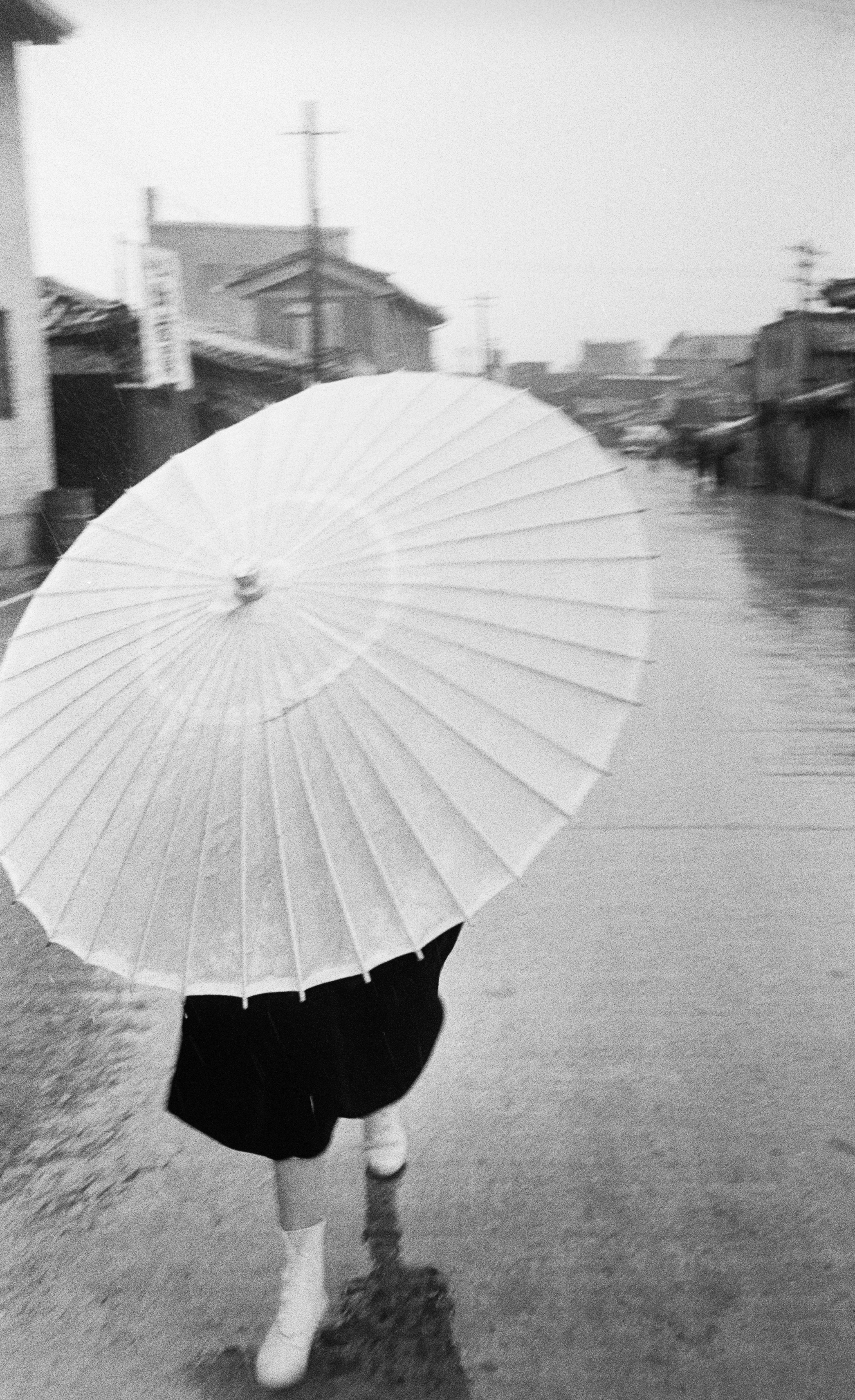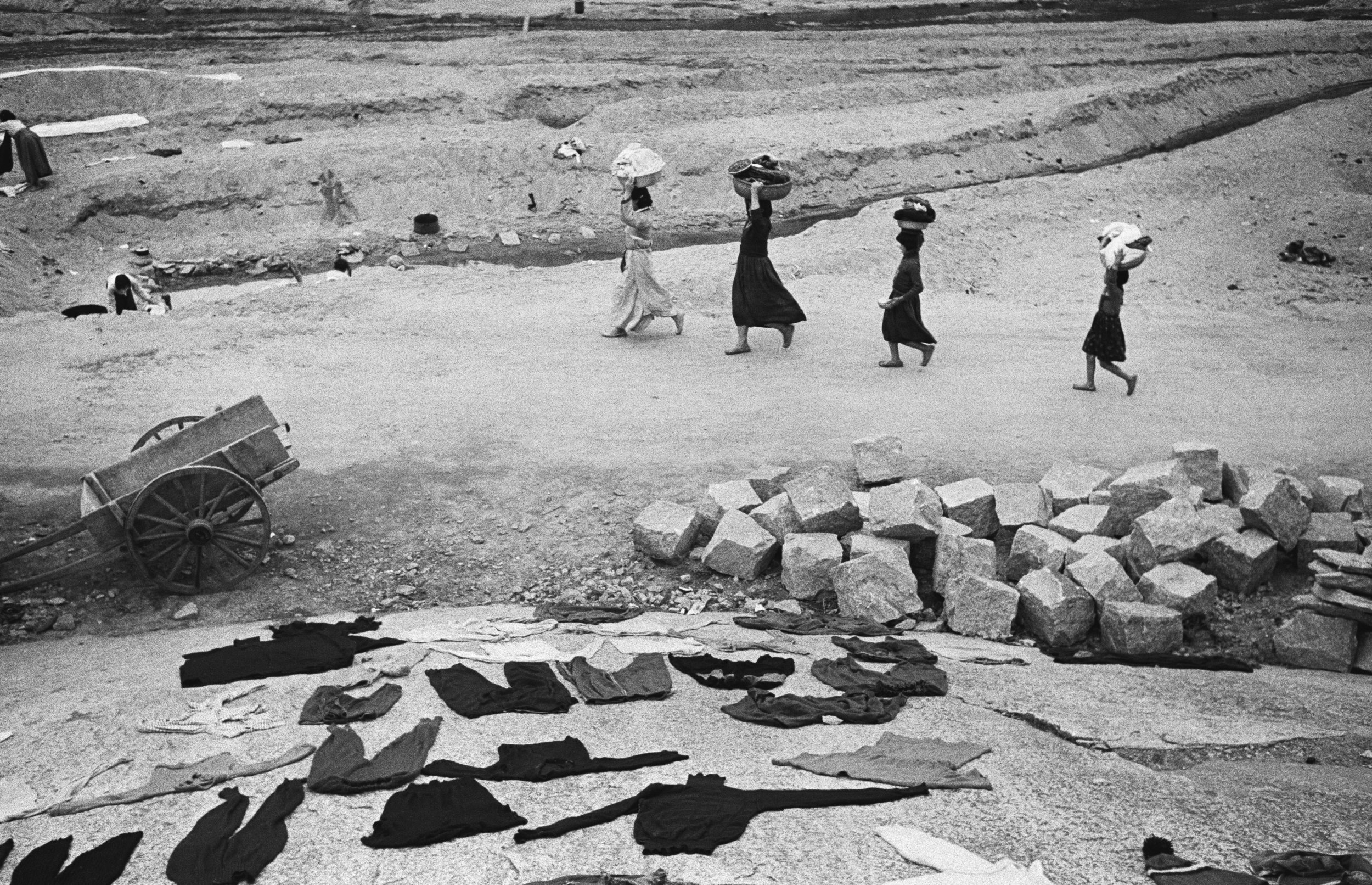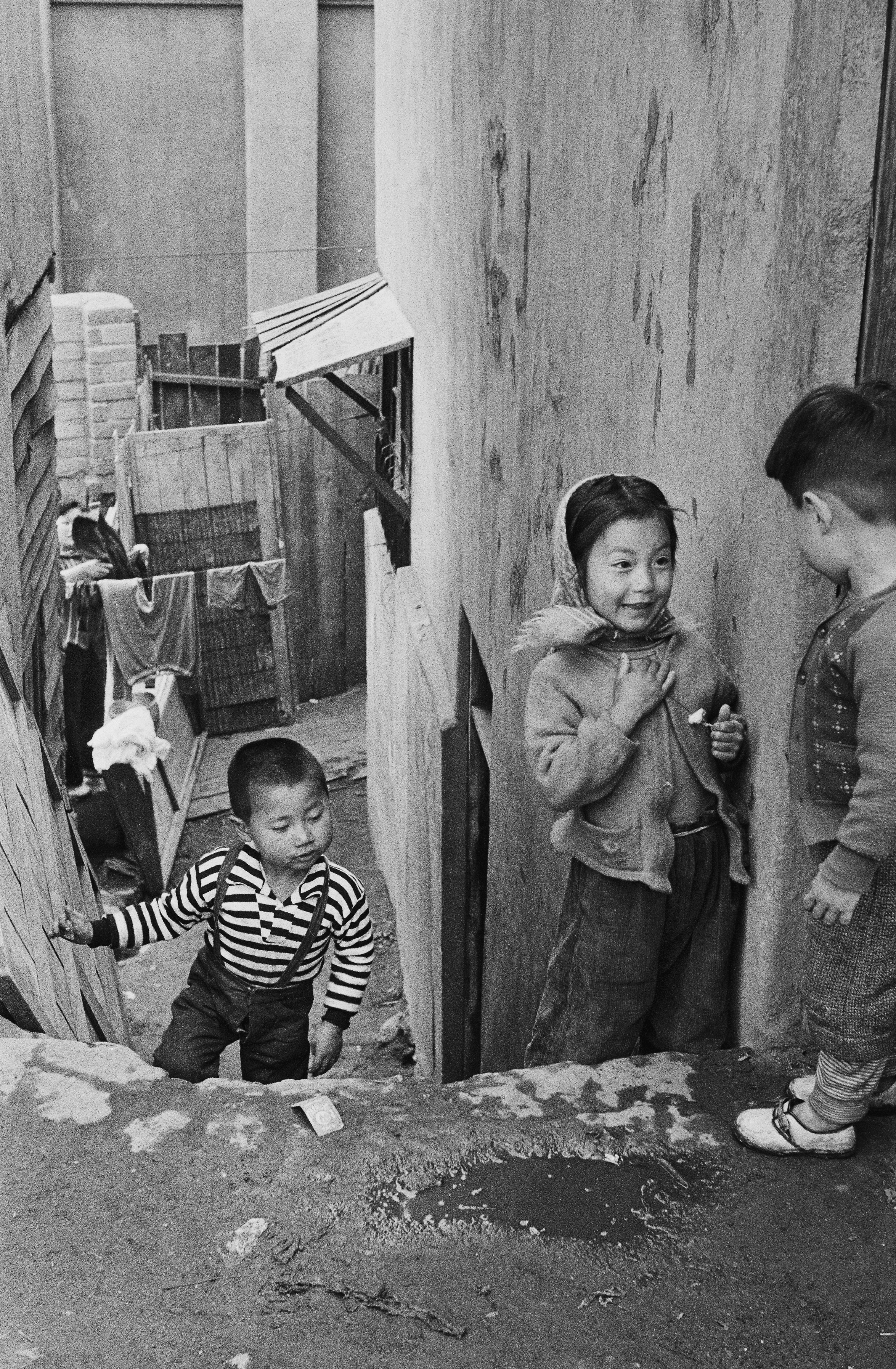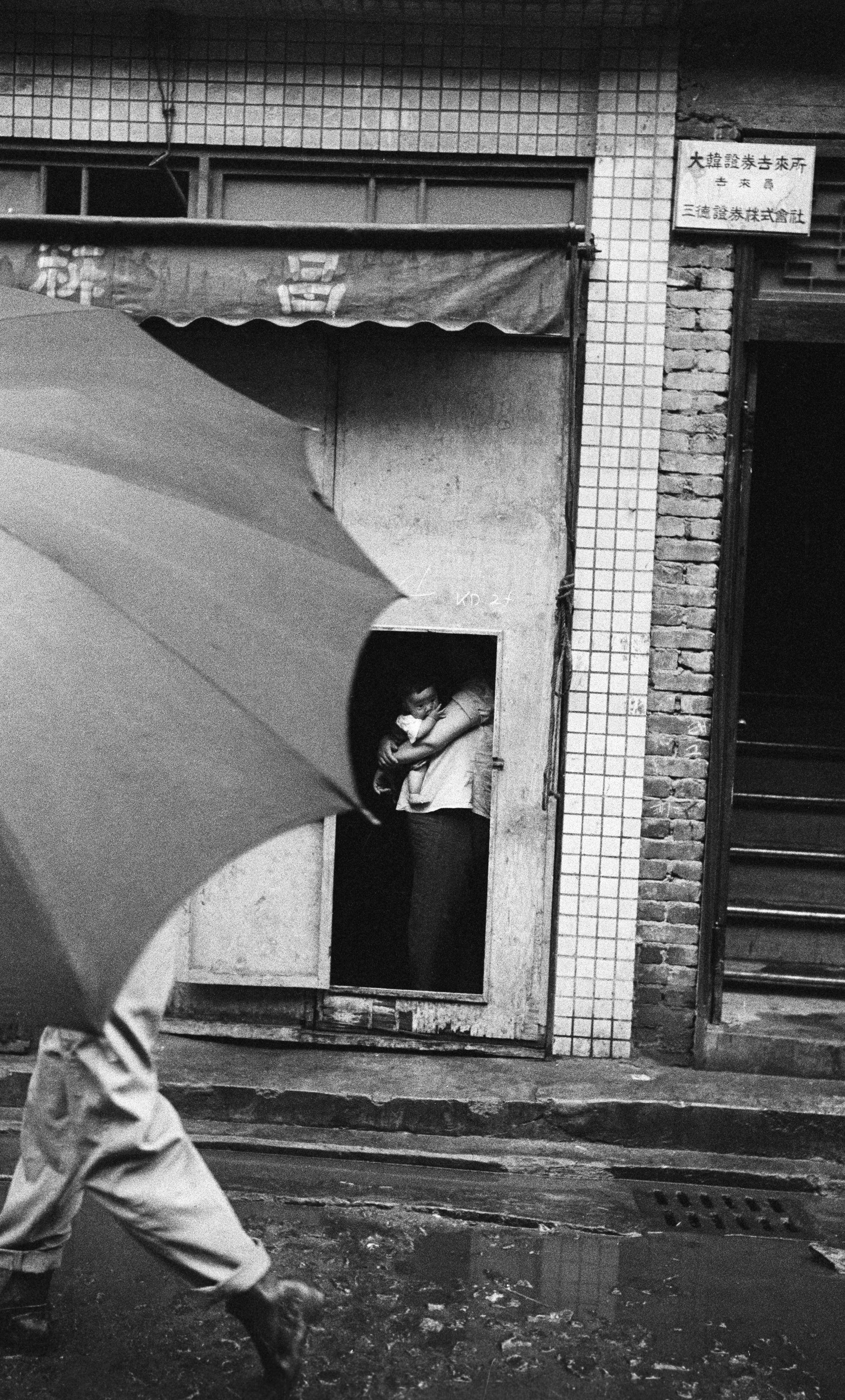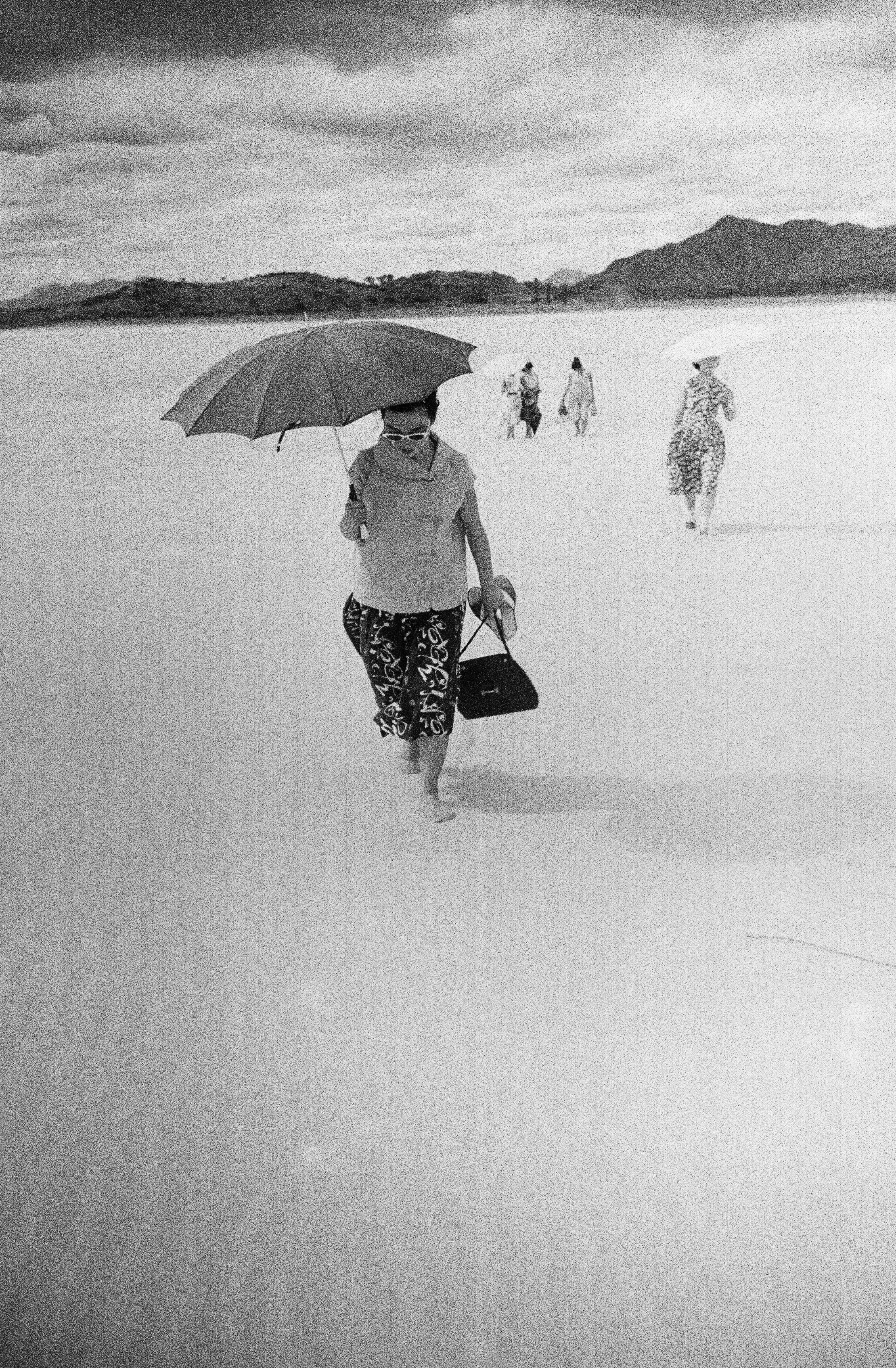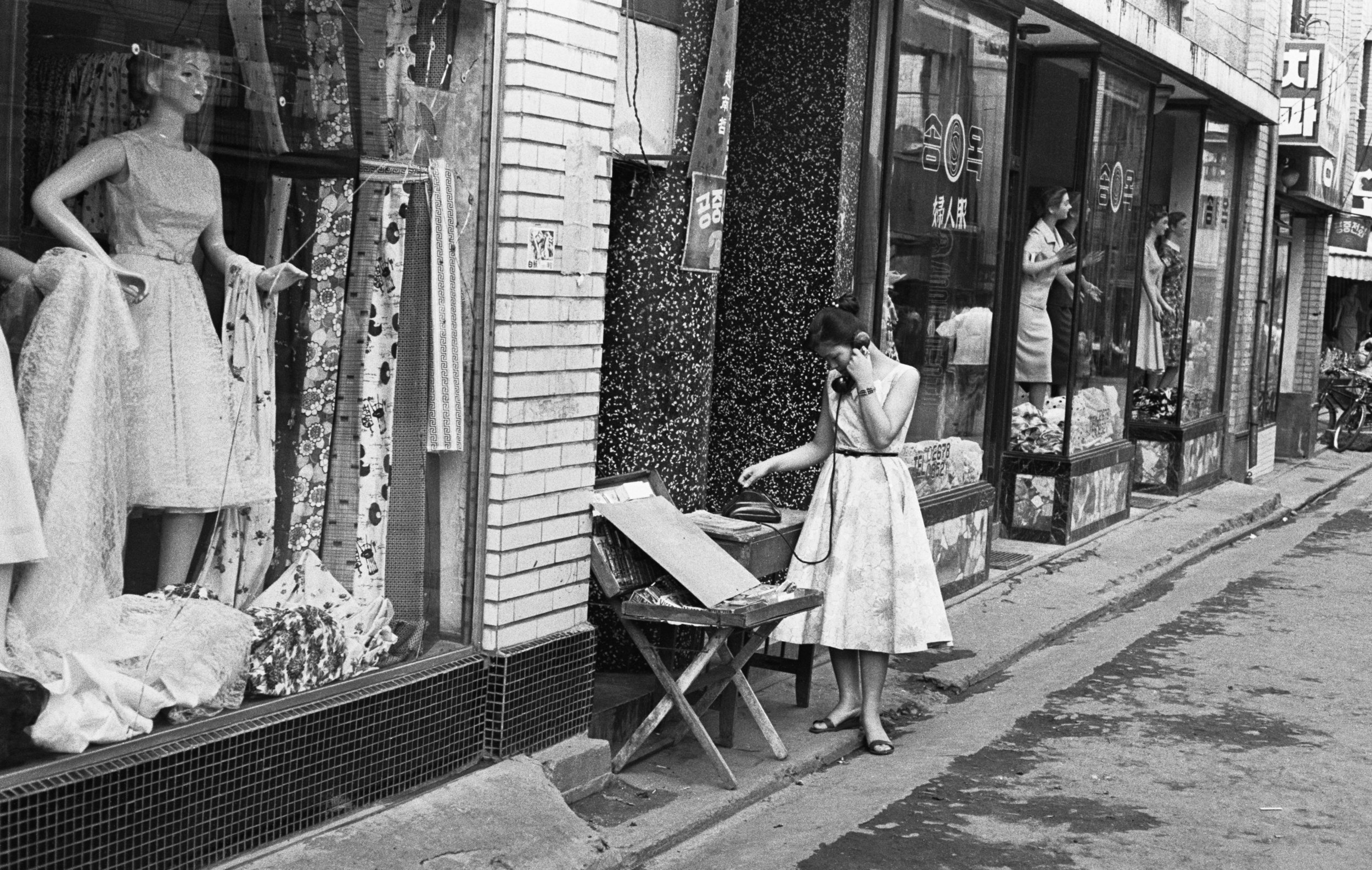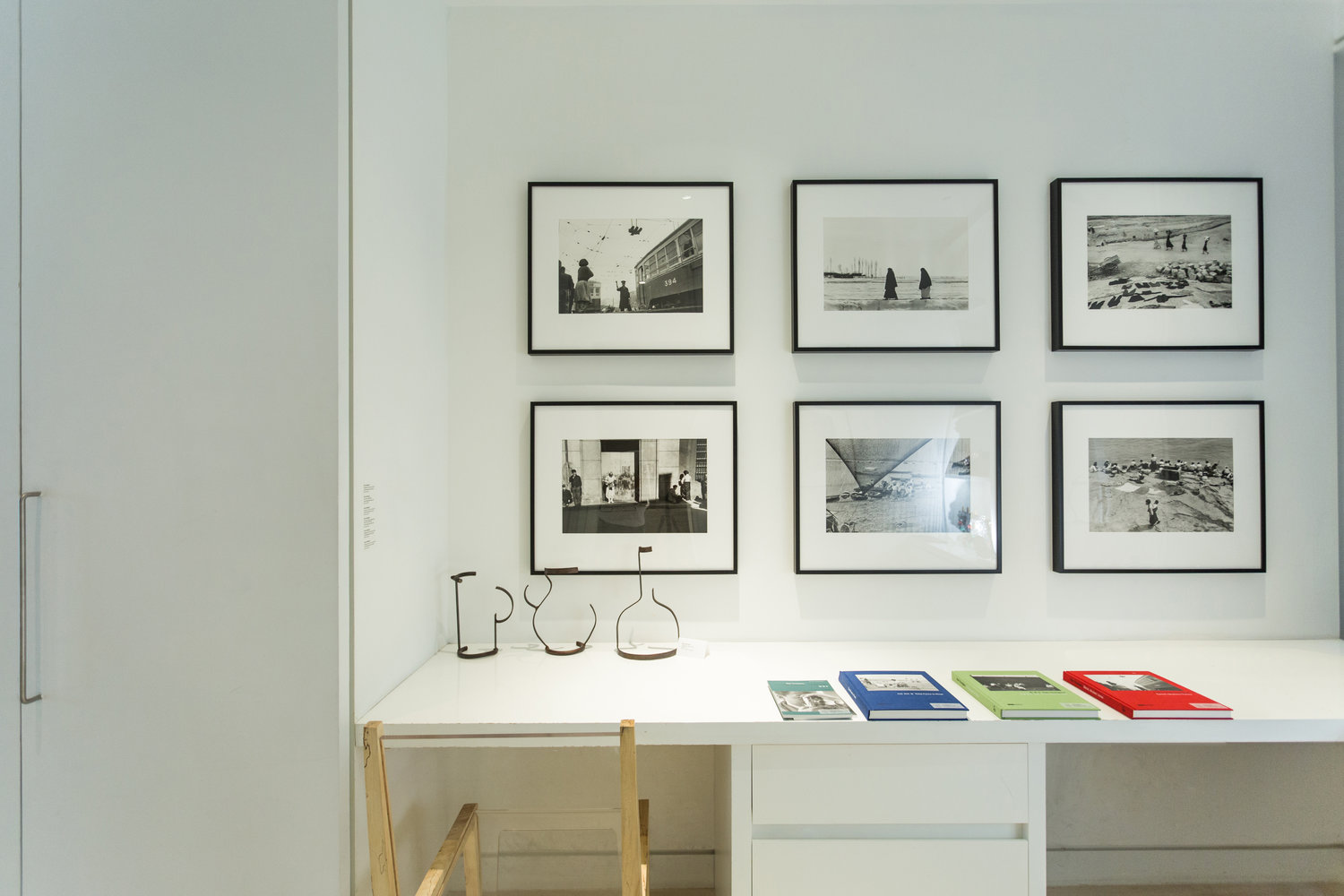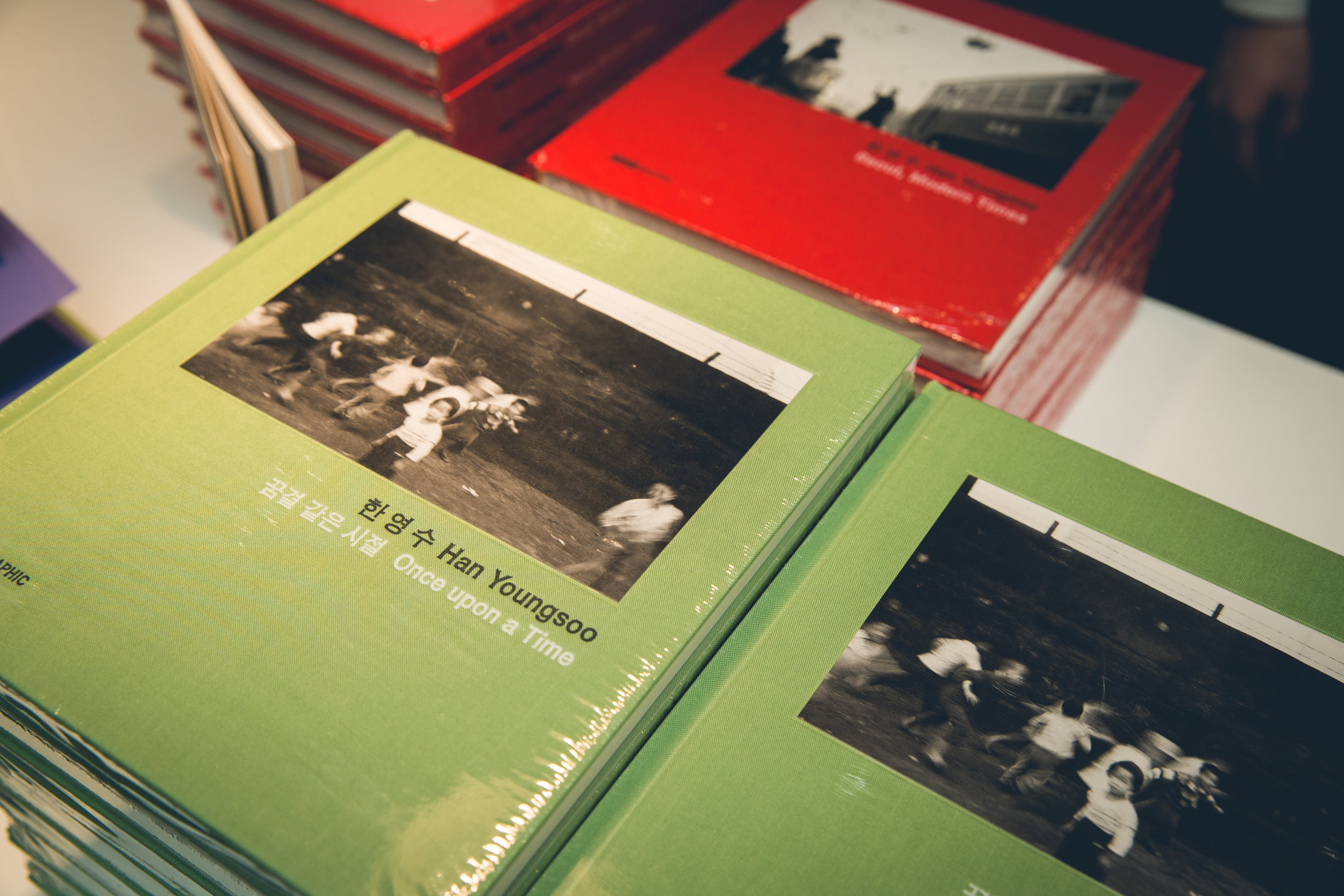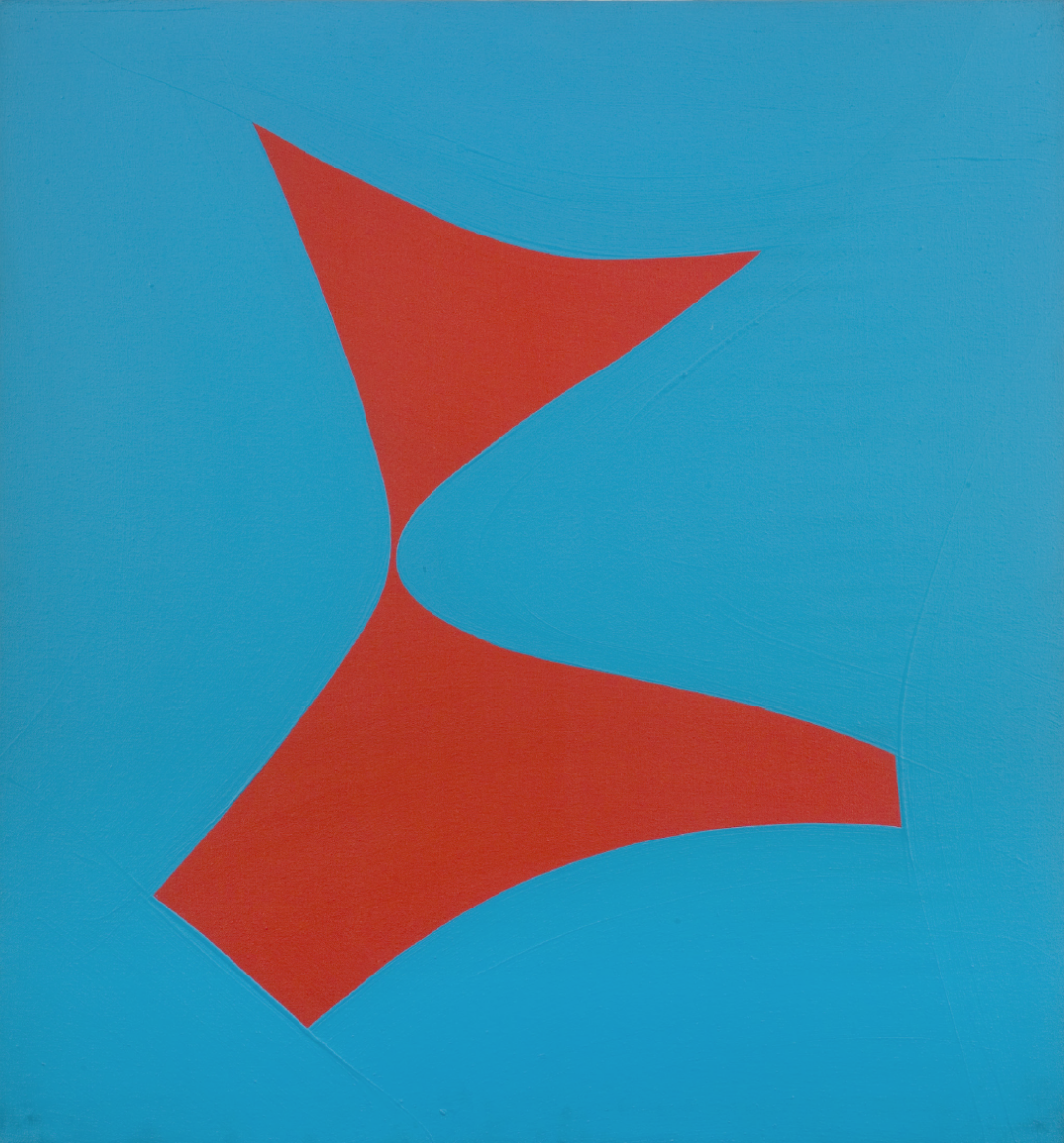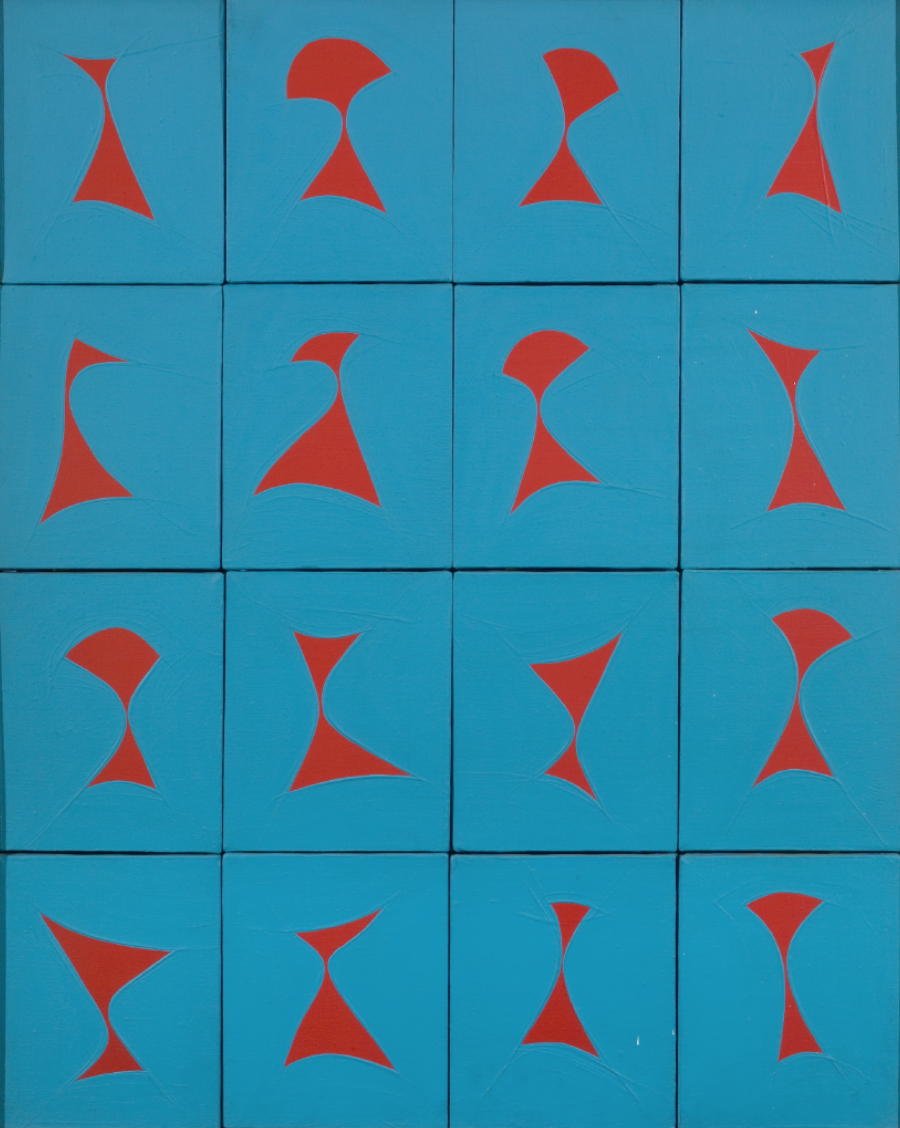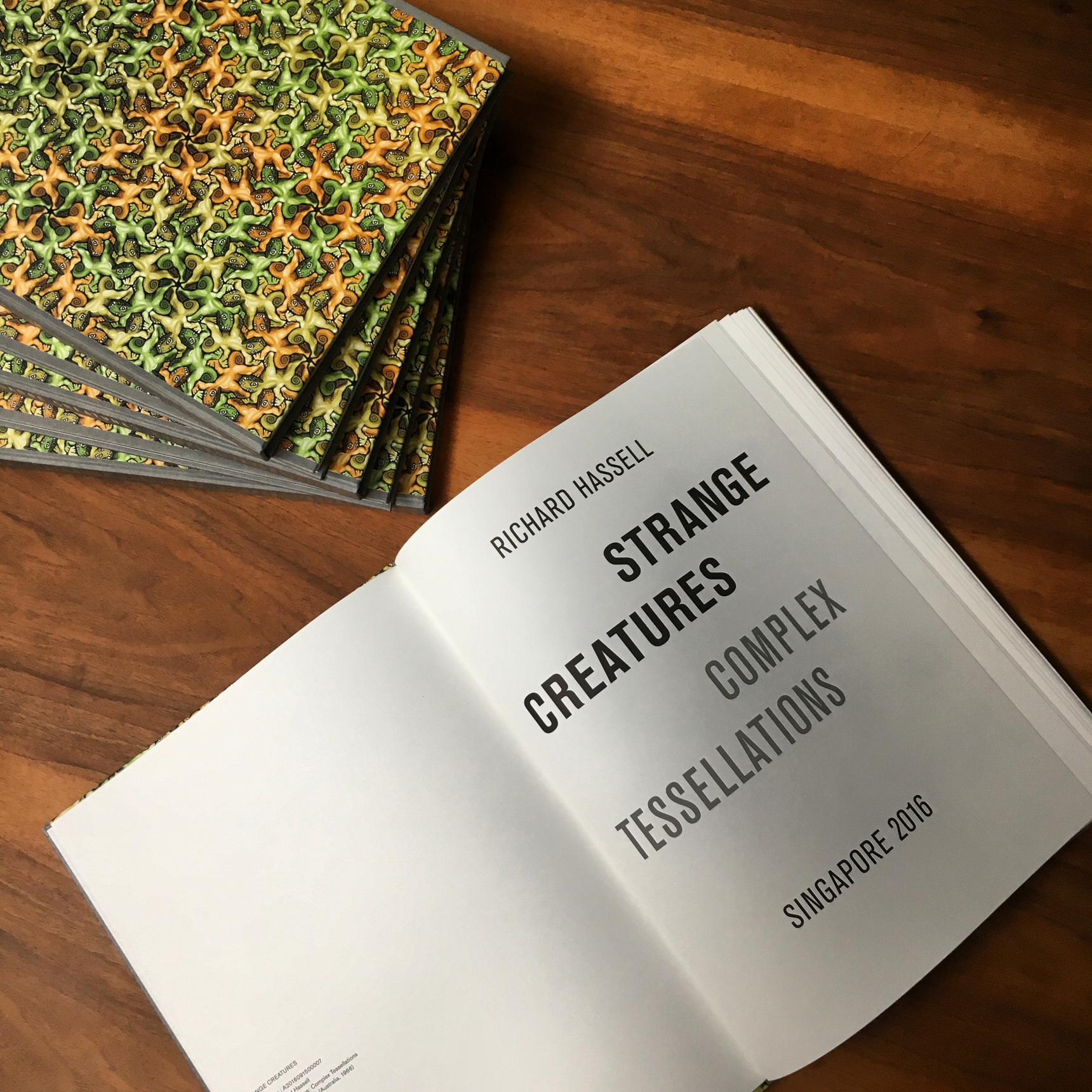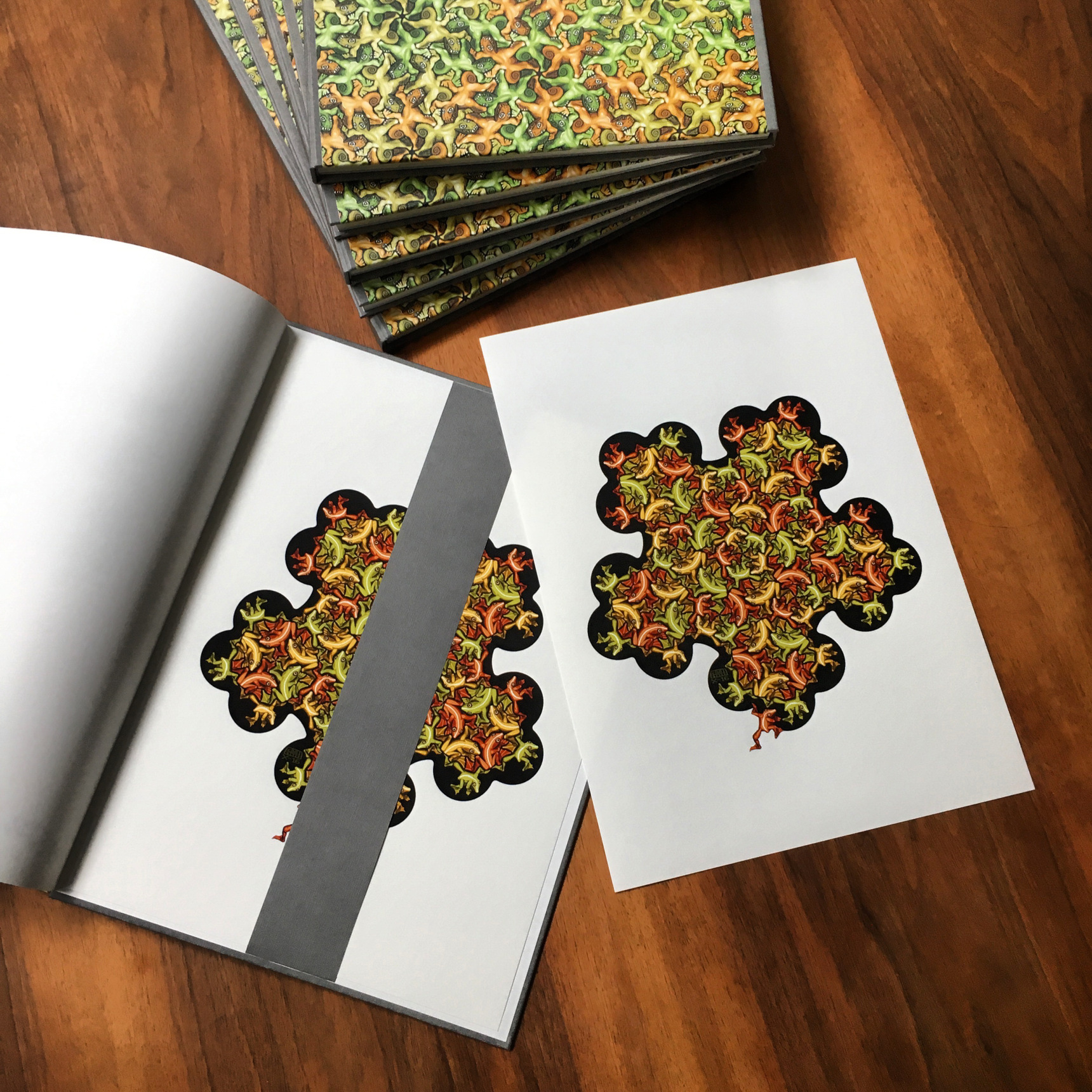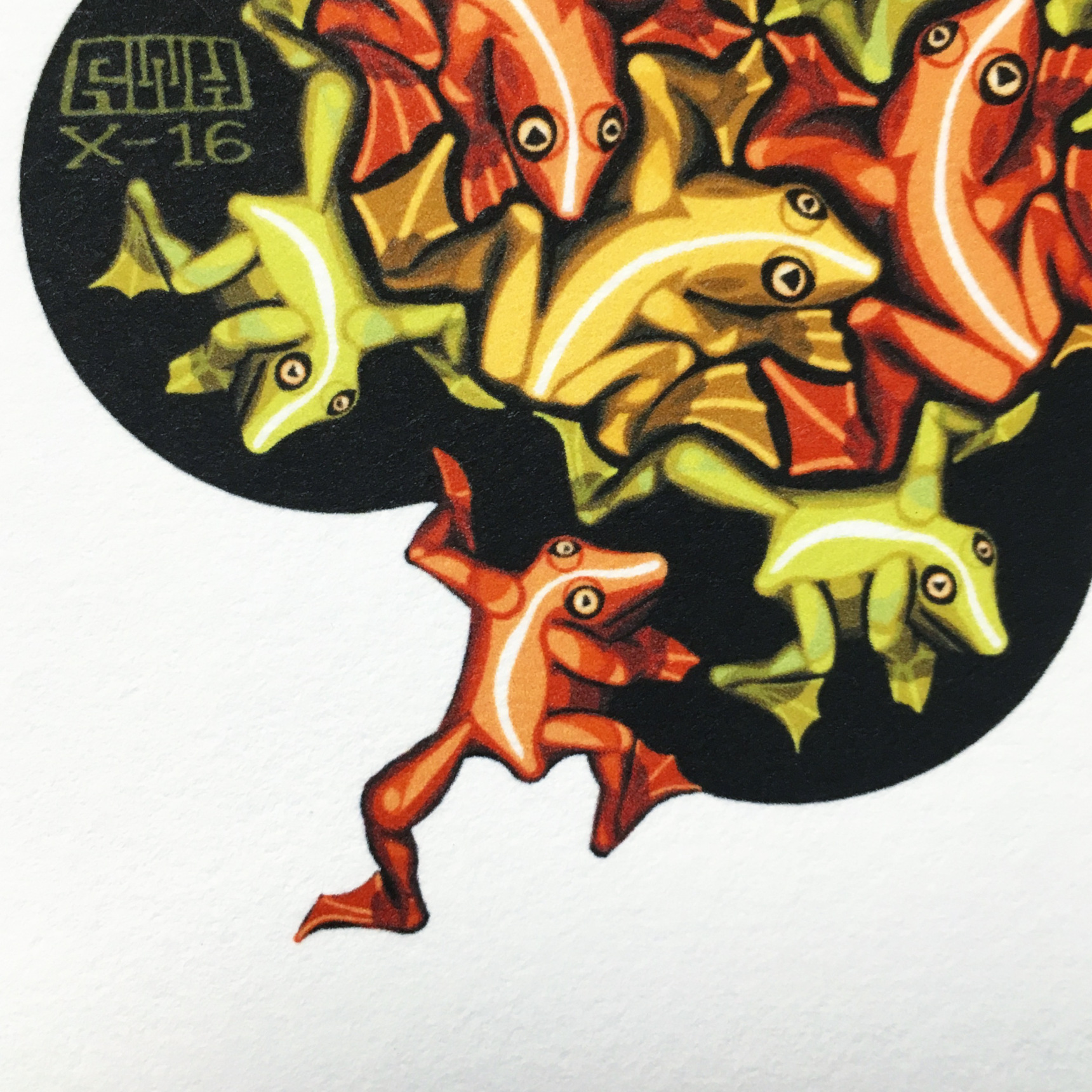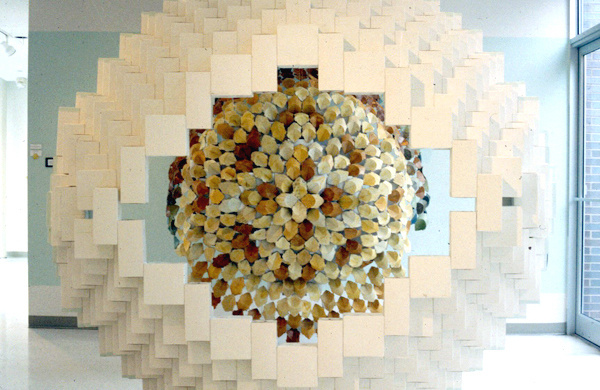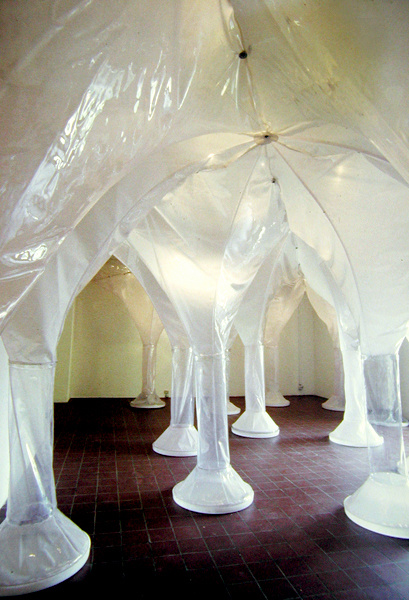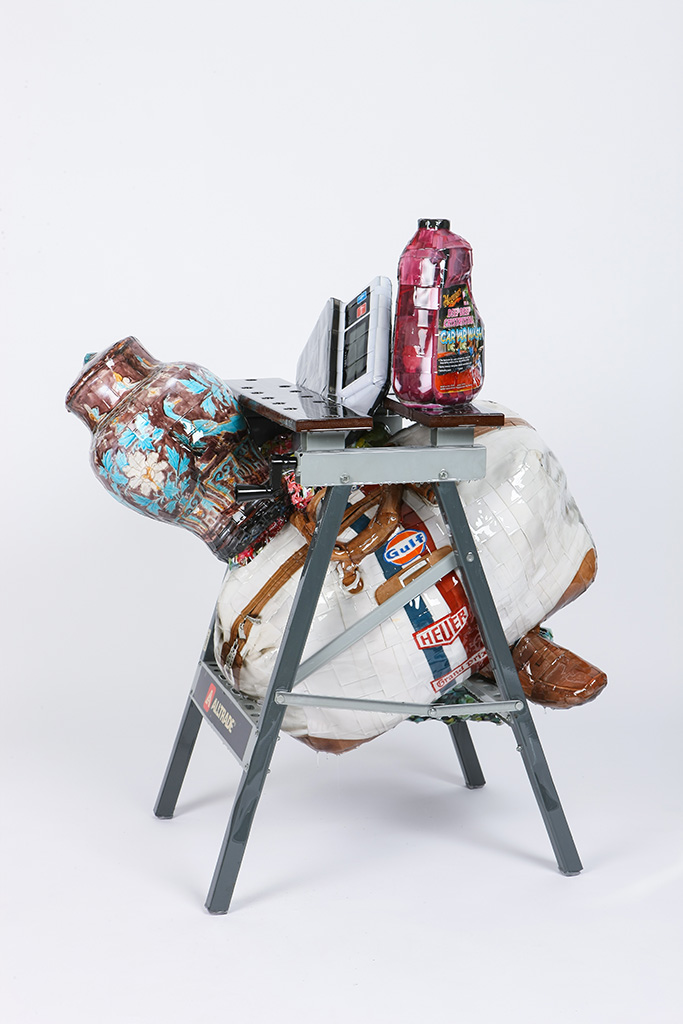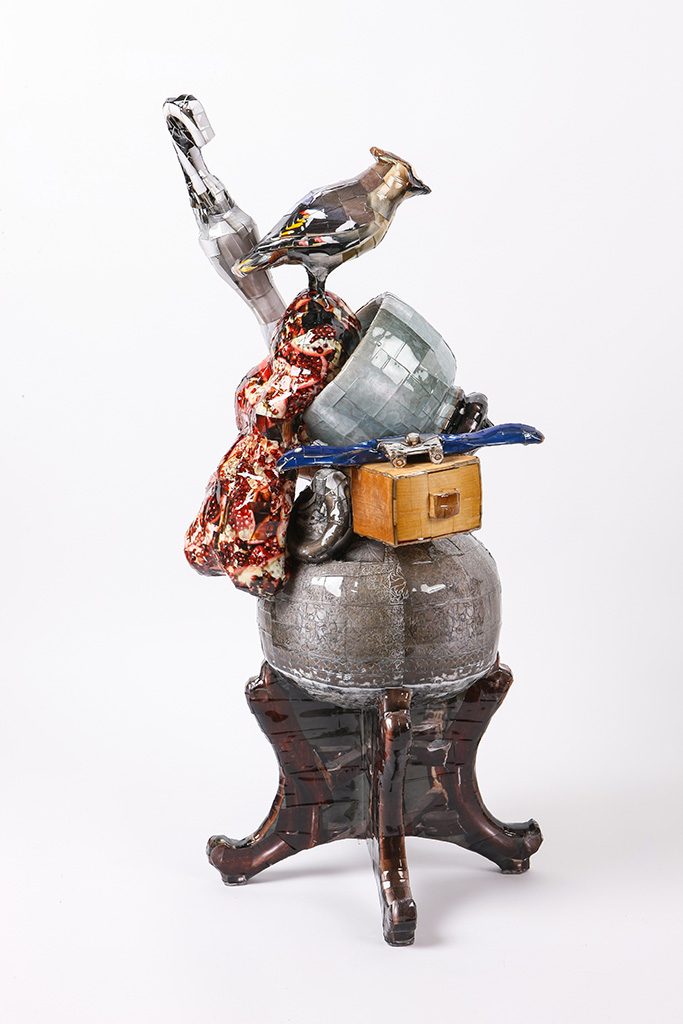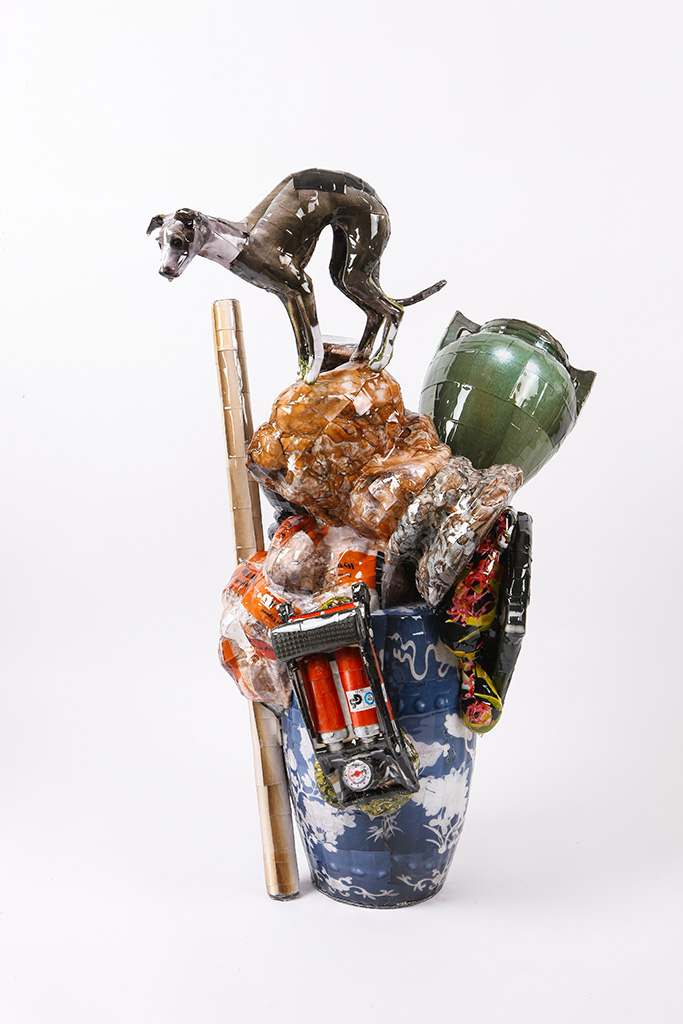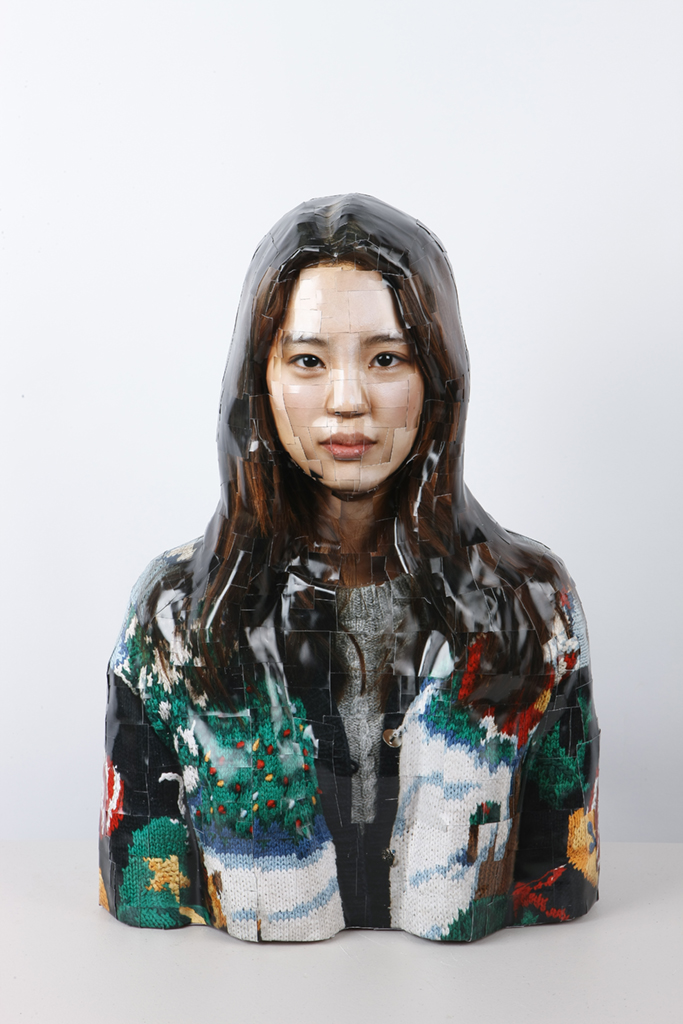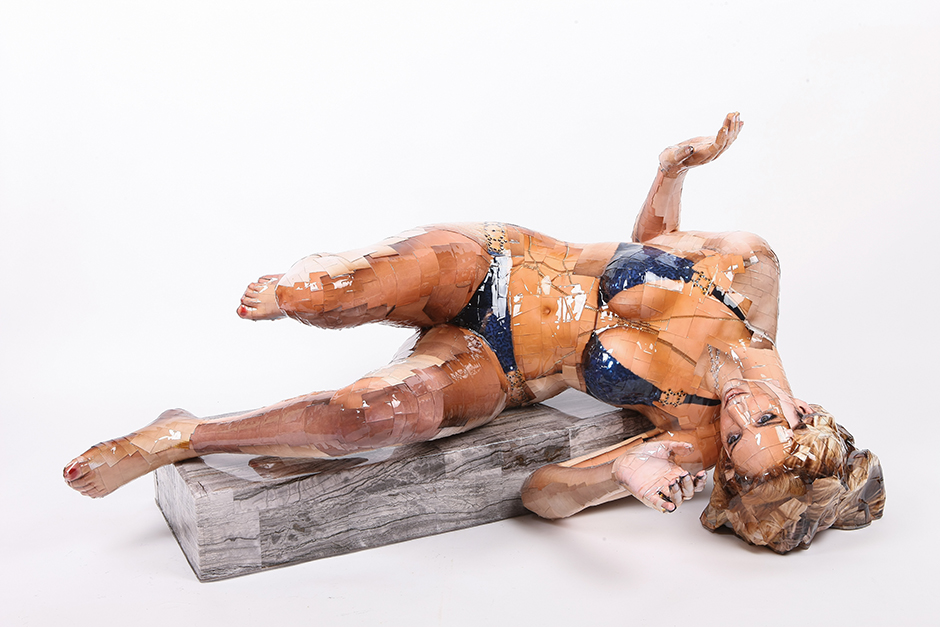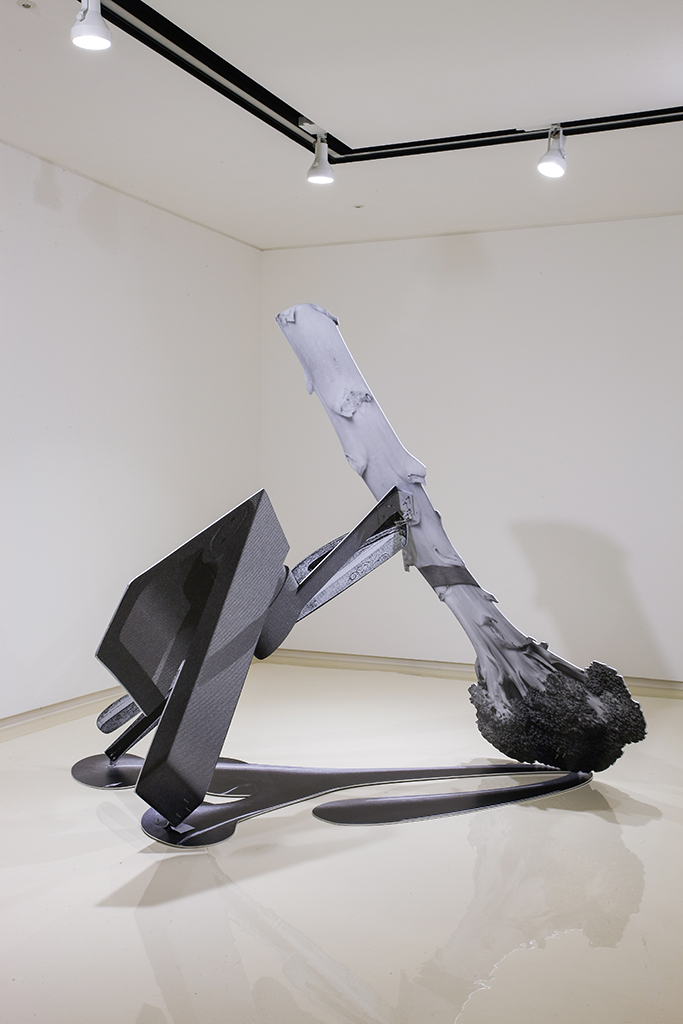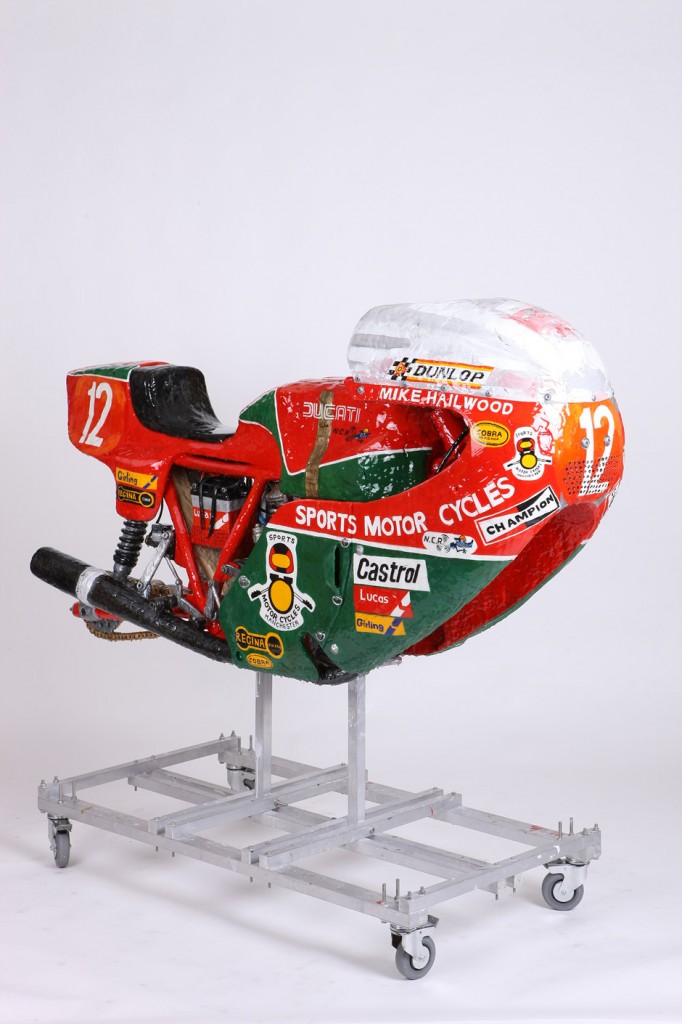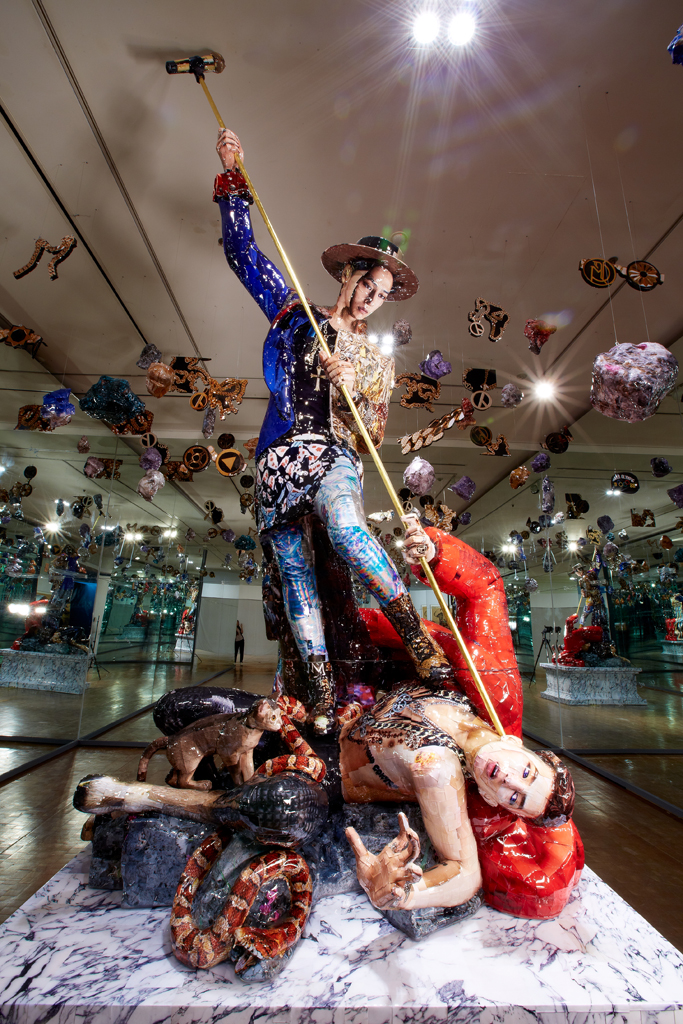KUNIO NAKAMURA
Born in Tokyo in 1971. The owner of Book & Gallery “6th Dimension” in Ogikubo, Tokyo. Kintsugi master. After being in charge of art and travel programs as a director of a TV program production company, he became independent at the age of 37. Established a Kintsugi studio and started activities to protect Japanese traditions. Currently, as a writer, he writes about Western art and antique art, while spreading the concept of Kintsugi throughout the world. His books include "Kintsugi Handbook", "Introduction to Kintsugi BOOK", "Old Art Handbook", and "Introduction to Art History through Charts" etc.
"Kintsugi" as a Landscape
A fracture in a bowl becomes a dramatic landscape painting. When such “gold” enters a a place of devastation, a lightning strikes into the dark, and golden rivers suddenly sweep through the vast terrain. Tree branches touch the sky, creating a brand new landscape. Desiring such drama, there was a time when tea masters intentionally broke a bowl to mend with gold. Chipped vessels can speak of nature herself, a playful, and elegant, gesture toward the beautiful - this is “Kintsugi (金継ぎ)”.
Kintsugi is known as a traditional Japanese repair method in which cracked or chipped ceramics are glued with Japan lacquer, made from a sap of a tree, and then the seam is embellished with gold, silver, vermilion, etc. History tells us that Kintsugi is known to have started around the 15th century by applying lacquerware as a repair method.
There is a famous celadon bowl called “Bakohan (馬蝗絆)”. This is a treasure from China around the 12th century. In the 15th century, the celadon bowl was owned by Shogun, Yoshimasa Ashikaga. There was already a crack in the bowl, so Yoshimasa sent it back to China saying, “I want another bowl that can replace it.” However, the Chinese replied that “we cannot make similar celadon bowls anymore." They instead hammered the cracks with a metal "staples" and sent it back to Japan. The staples on the bowl looked like a grasshopper riding on a back of a horse. This is why the bowl was named “Bakouhan” ("馬" means "horse", "蝗" means "grasshopper" and "絆" means "tether"). However, it is said that this provided the opportunity to use lacquerware techniques to repair ceramics so it will appear even more beautiful, which developed into "Kintsugi".
The Perfect Imperfection
In the philosophy of Kintsugi, beauty is made perfect through imperfection. This originates from a concept called “Wabi, Sabi” central to the Art of Tea. “Wabi” is quietness found in ascetic simplicity. “Sabi” refers to the beauty of a worn object which capture the sense of time. This thought originates from Taoism during the Chinese Qin Dynasty (960-1279 A.D.), which was incorporated into Zen Buddhism.
In the 16th century, tea ceremony was refined by Sen no Rikyu, the great tea master, and became the basis of Japanese aesthetics. Up until that point, expensive Chinese ceramics called Karamono (meaning Chinese products) were popular in a tea ceremony. However Joo Takeno and Sen no Rikyu started to use bowls that were used in daily life of common people in Korea for their tea ceremonies. “Wabi, Sabi” birthed a new aesthetic sense that appreciated the beauty in accidental shapes, deformations, cracks, and chips and appreciating the landscape that appeared through them. The tearoom for drinking tea was very simple and modest. It was a beauty created by eliminating decorative elements. This is similar to a Tiny Home phenomenon, which has a minimalistic aesthetic sense. Le Corbusier, who is also known as the father of modern architecture, significantly also made a “small house” for his parents.
The "imagination" to Mend
What is the essence of “Kintsugi”? I feel it to be completely different from mere repair and restoration. If the idea was to only glue broken pieces together, the Japanese had been repairing pottery using lacquer since the era of hunters and gatherers from 10,000 years ago. However, the tea masters who mastered the way of tea were of a different mindset. They saw through the brokenness an incomprehensible beauty, a landscape in between the cracks, and they started to invoke “mending” through their imagination. In the cracks of old walls or in rusted surface they sought a “majestic landscape”; they tapped into the vast resources of imagination. The tea masters created “gardens” using a mounds of sand, a playful way invoke and “reassociation (mitate)” of the great ocean and the mystery of the universe. They realized, that broken fragments are the new “paint brushes” to create beautiful landscapes.
Novelist Junichiro Tanizaki wrote a fascinating note “In Praise of Shadows”. “The skin of (black) lacquerware is a substance of which multiple layers of ‘shadows’ had accumulated, a color naturally birthed from the darkness surrounding it.” Moreover, he wrote that the reason gold is often extravagantly used in Maki-e lacquer work is “to aim to make impact in the dearth of light”. In other words, Kintsugi may be originally an “act of searching for the light”, which was necessitated from the presence of darkness surrounding us.
Translated by Makoto Fujimura and Keiko Yanaka, excerpt from Kintsugi Book.




